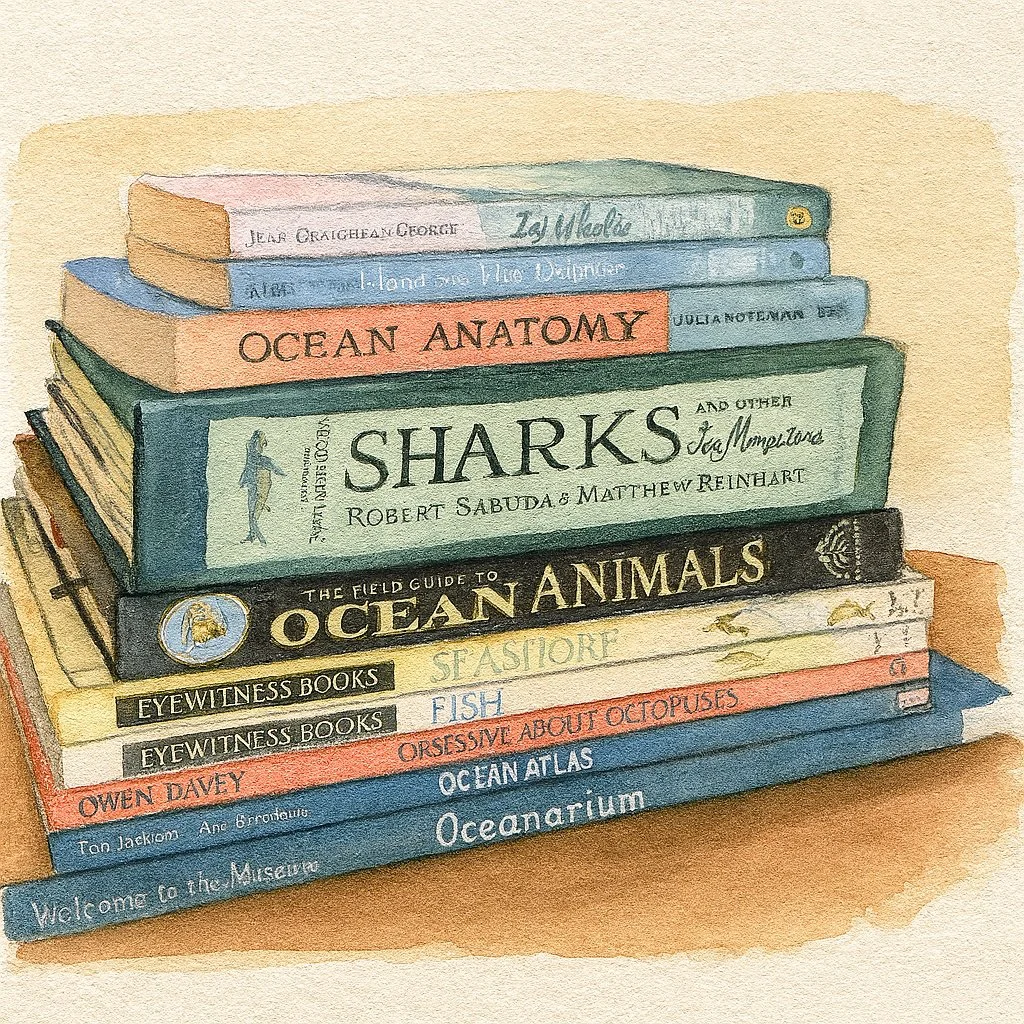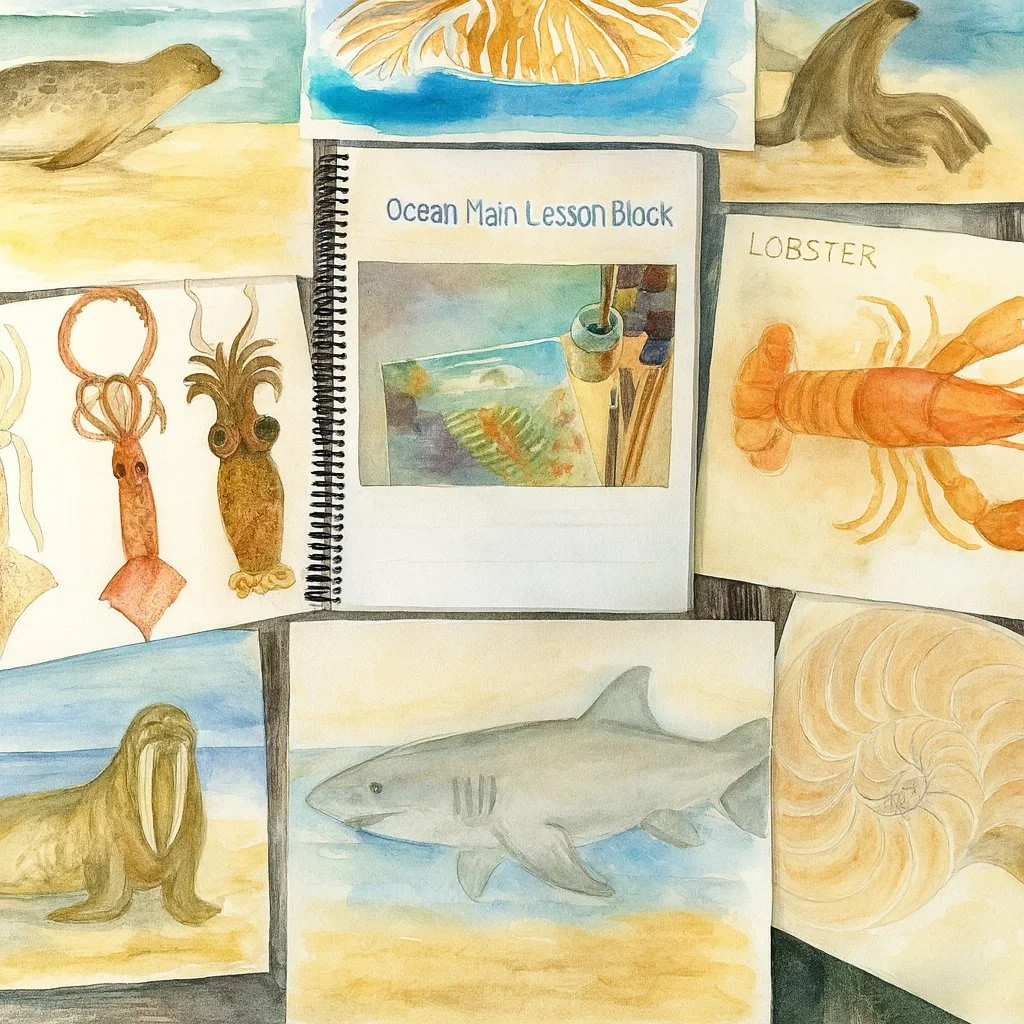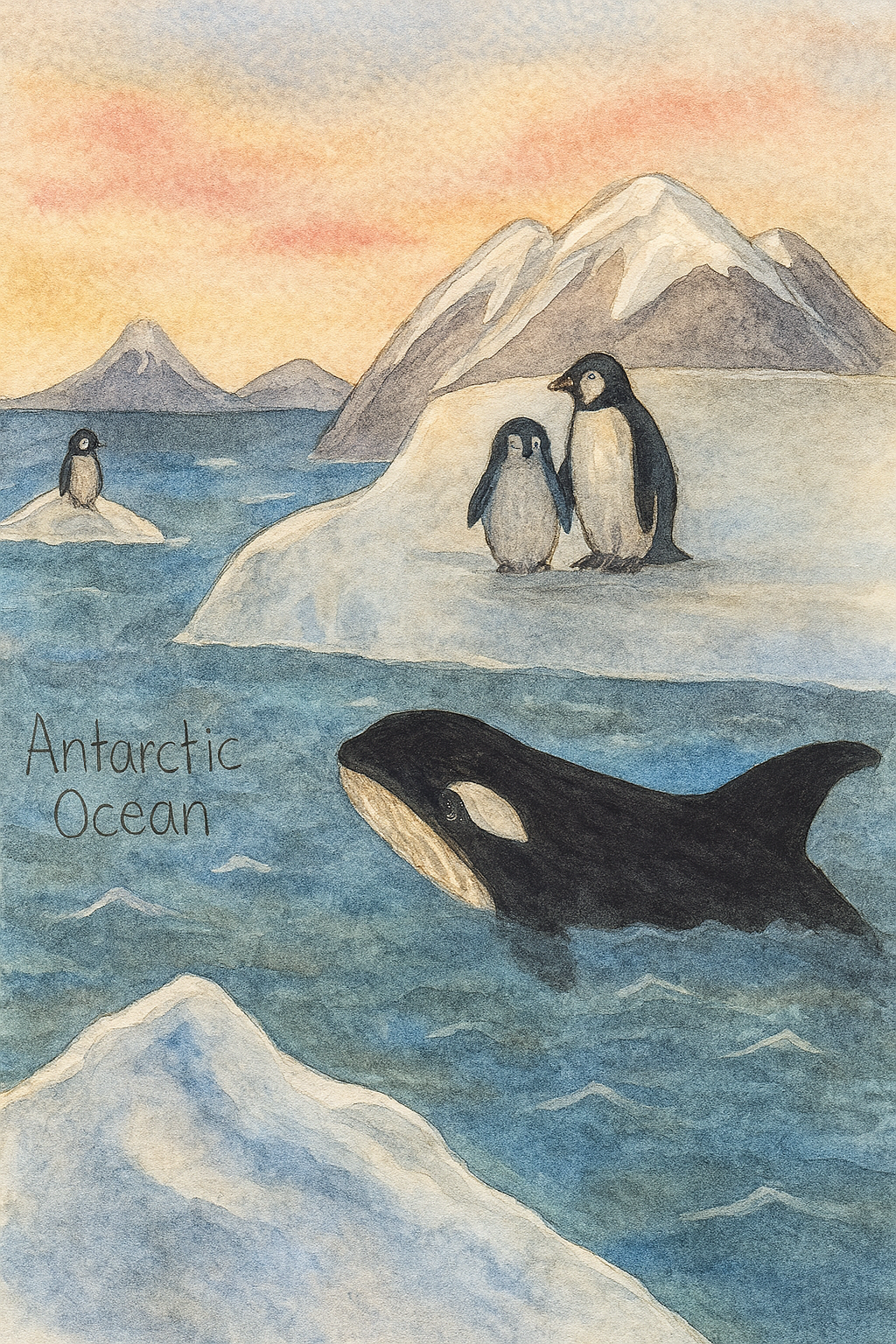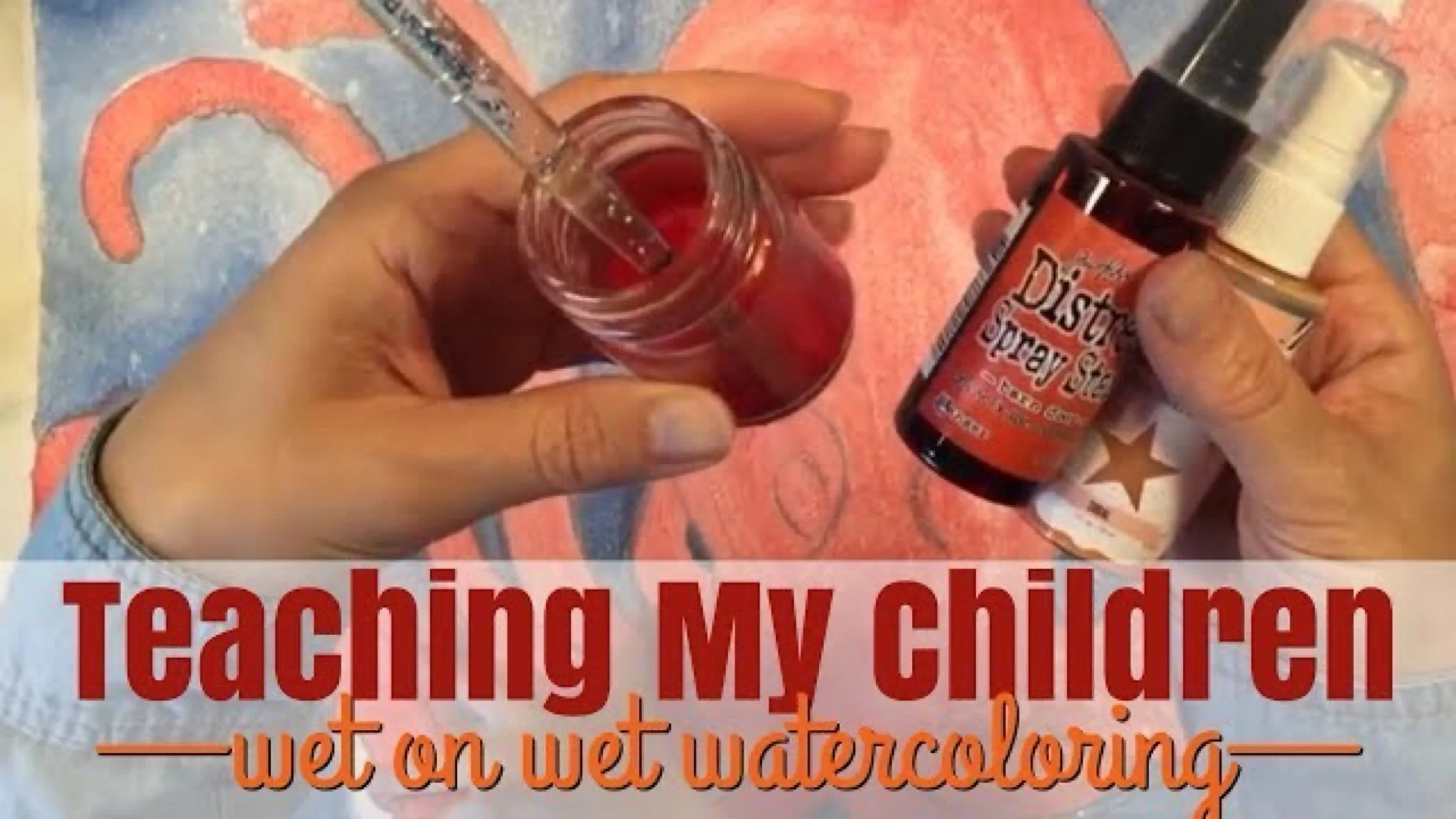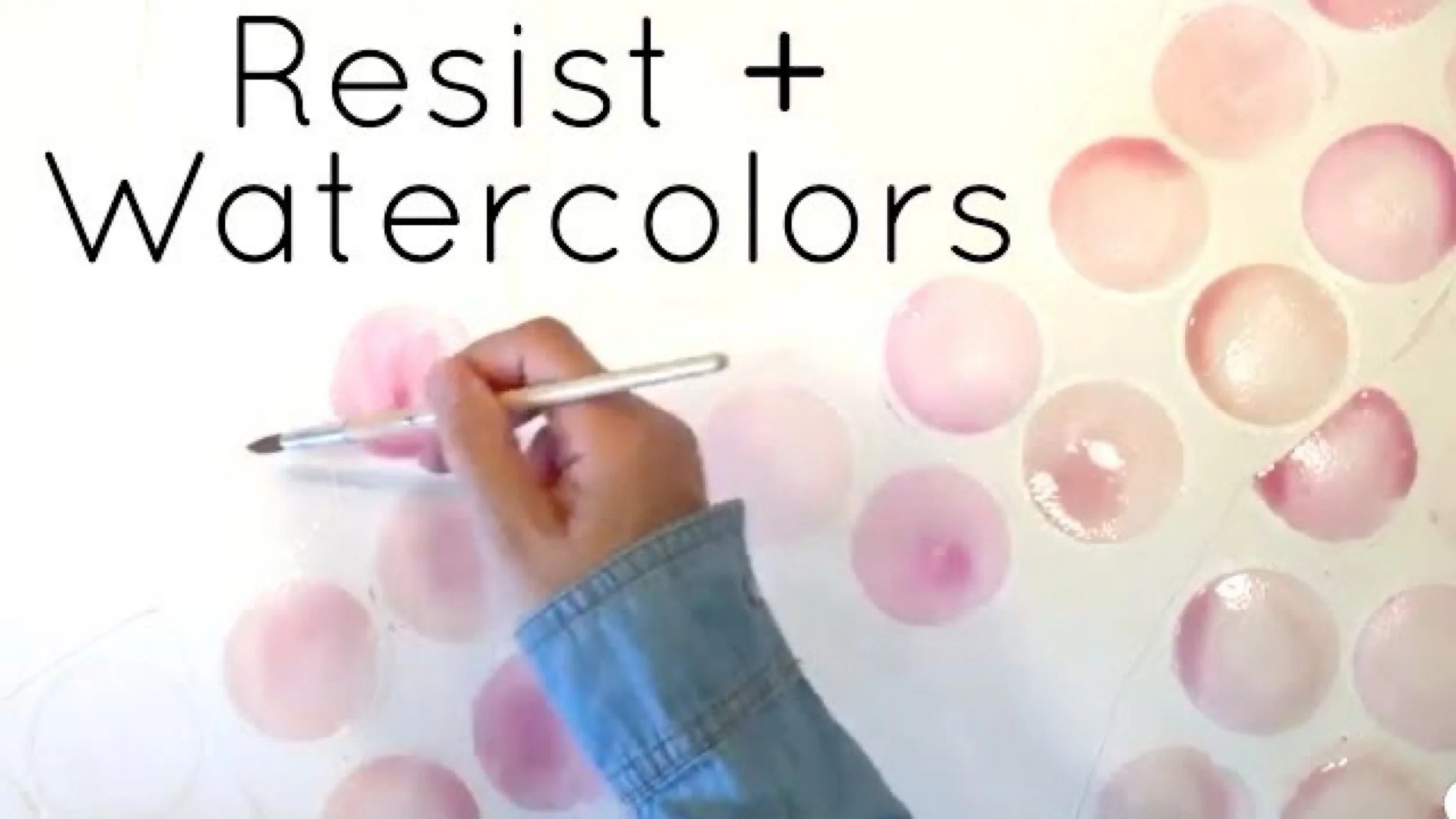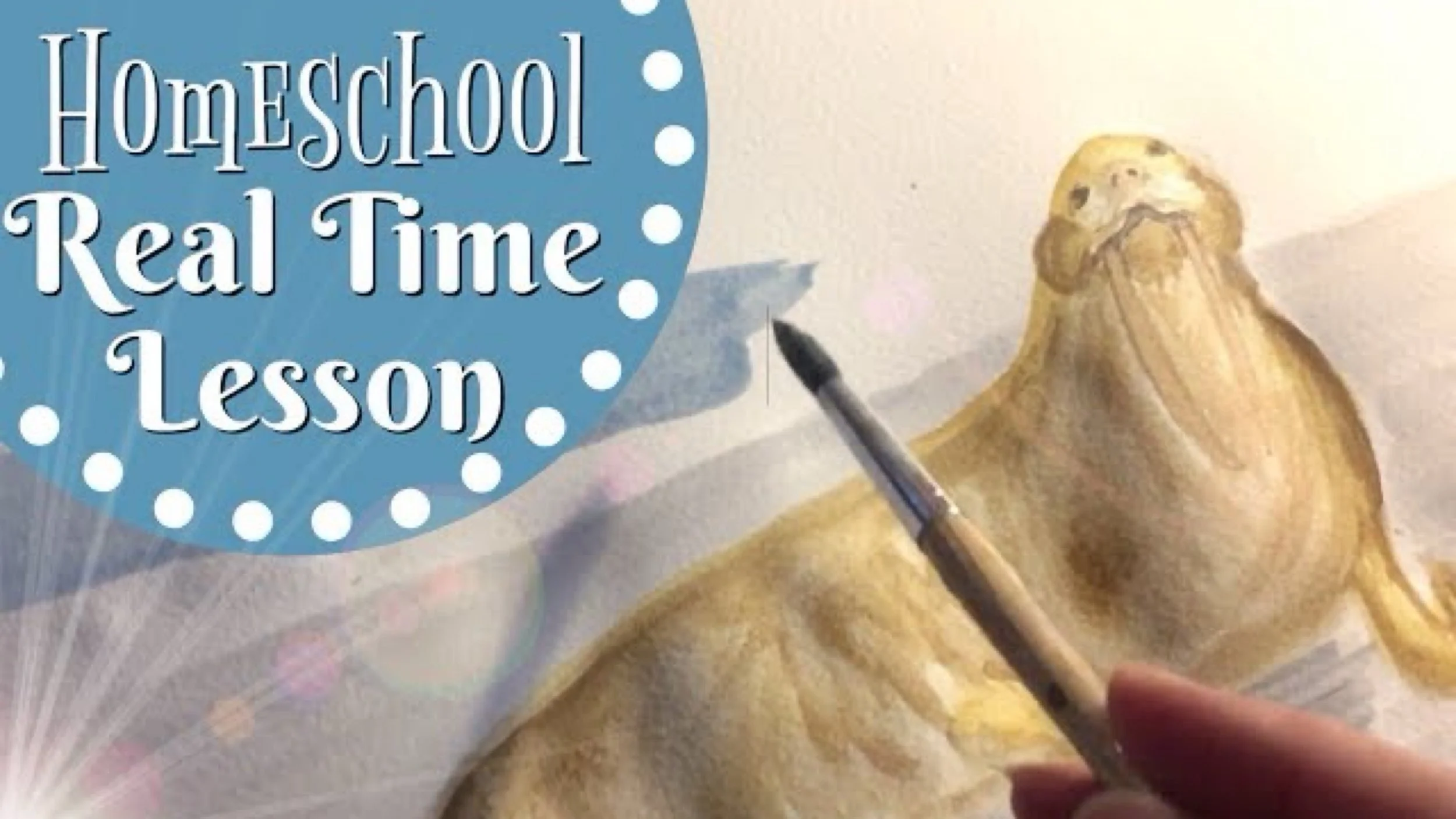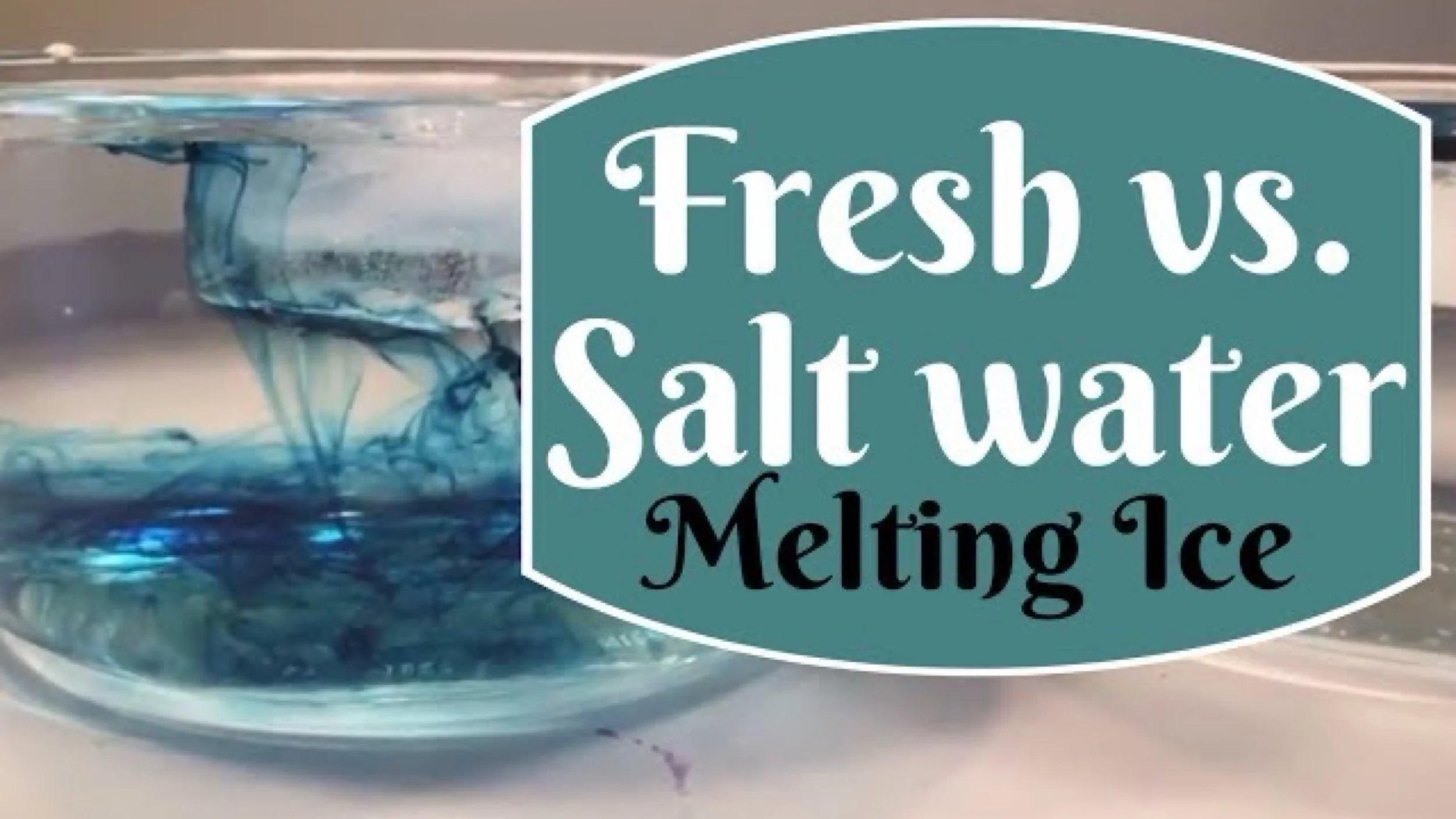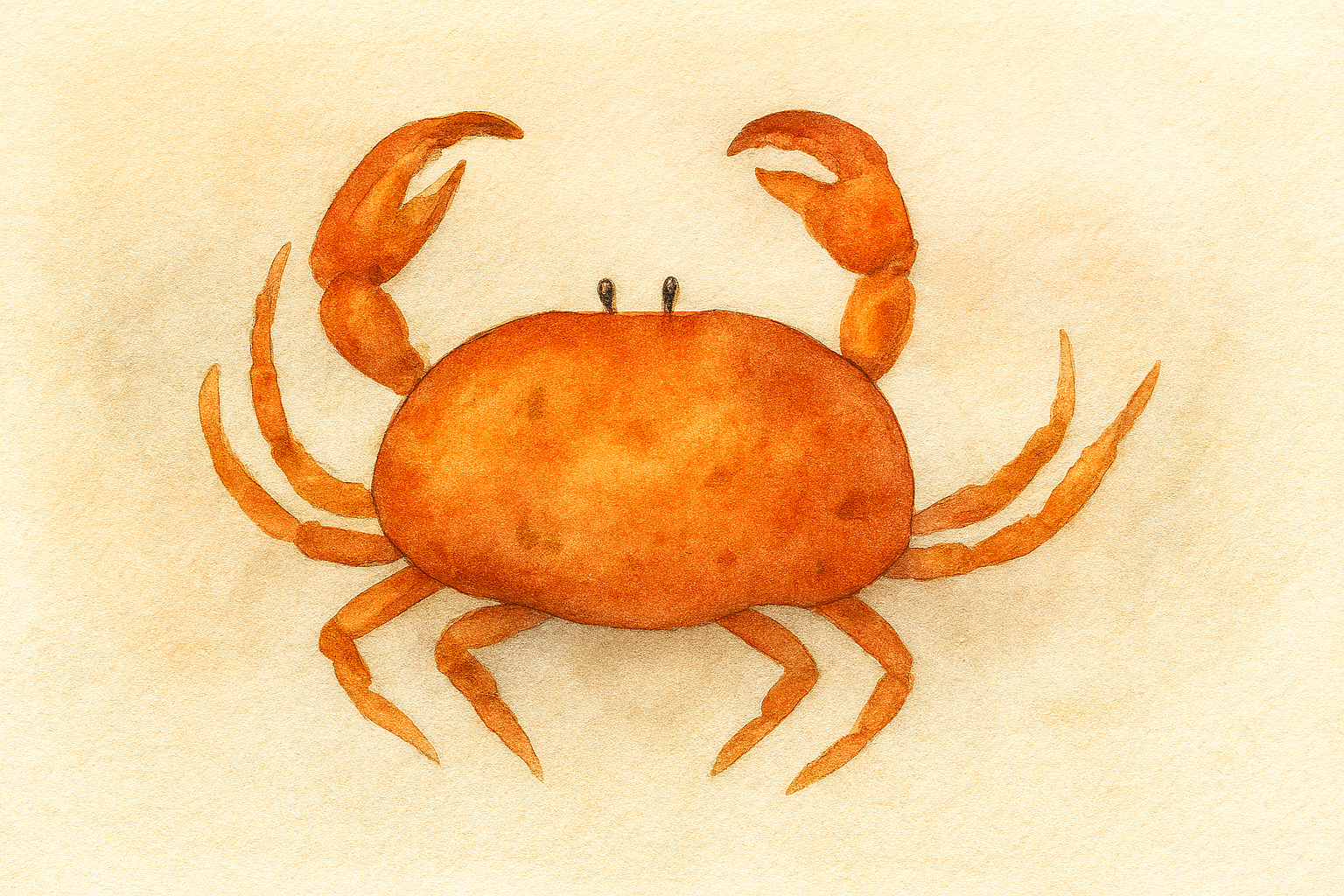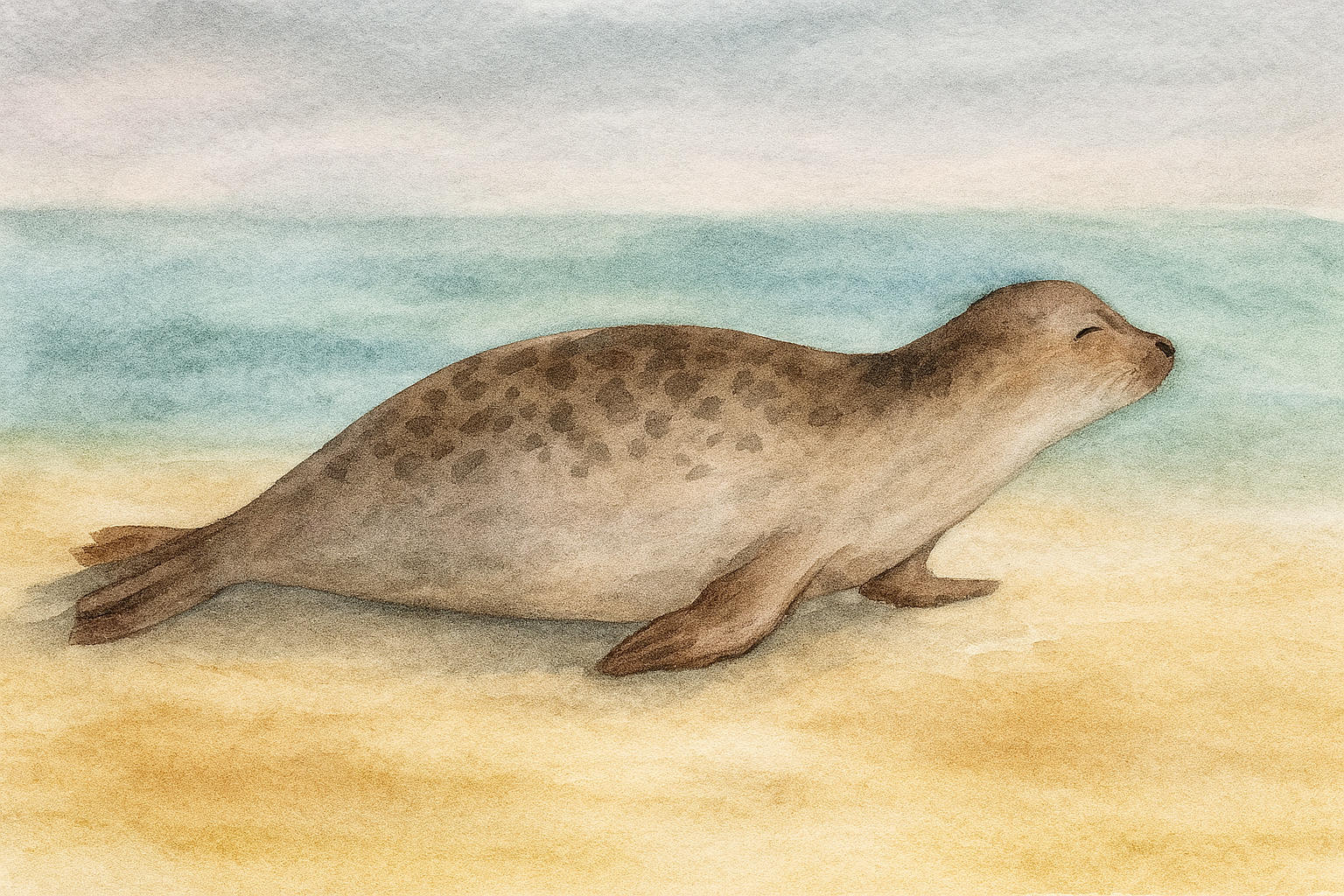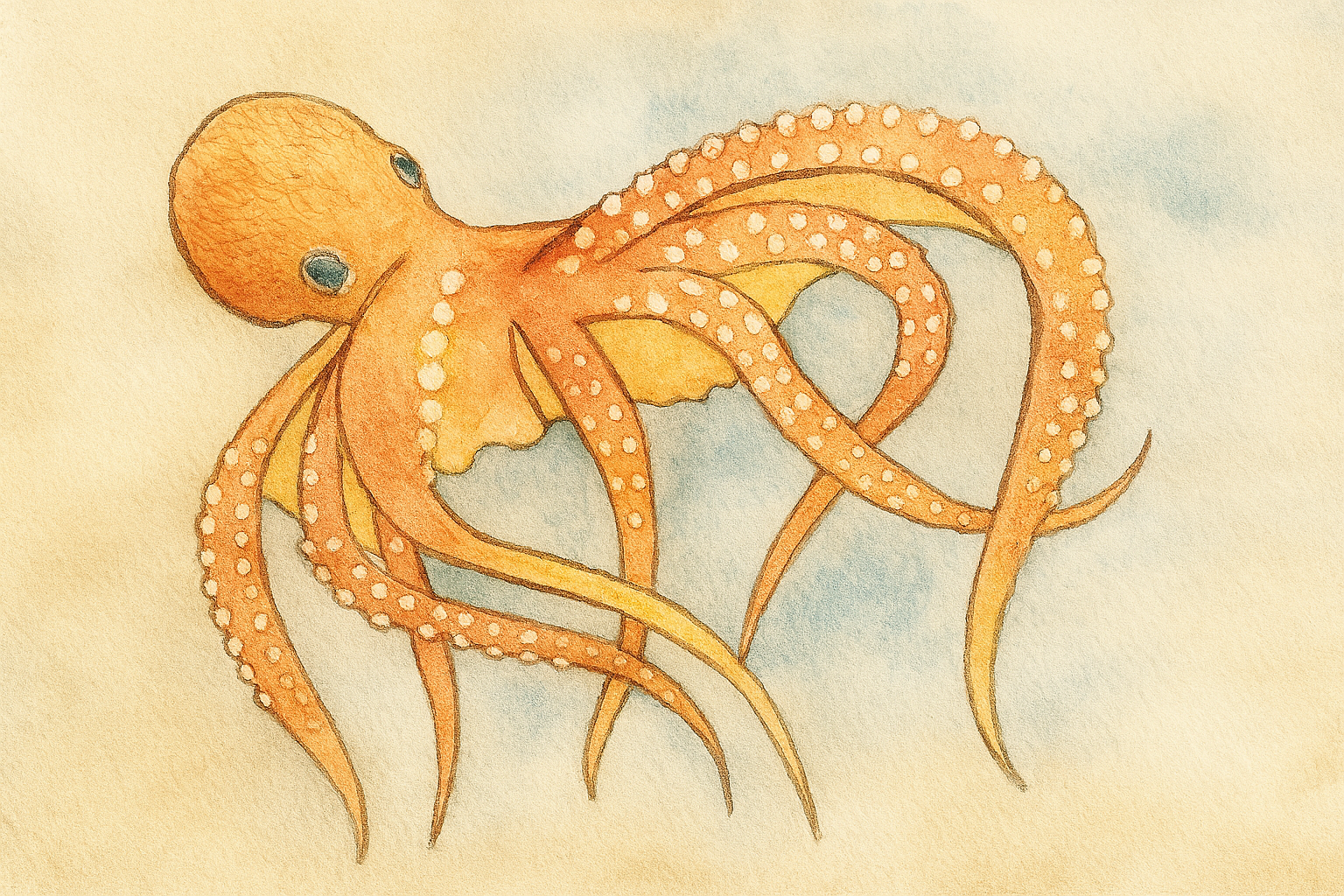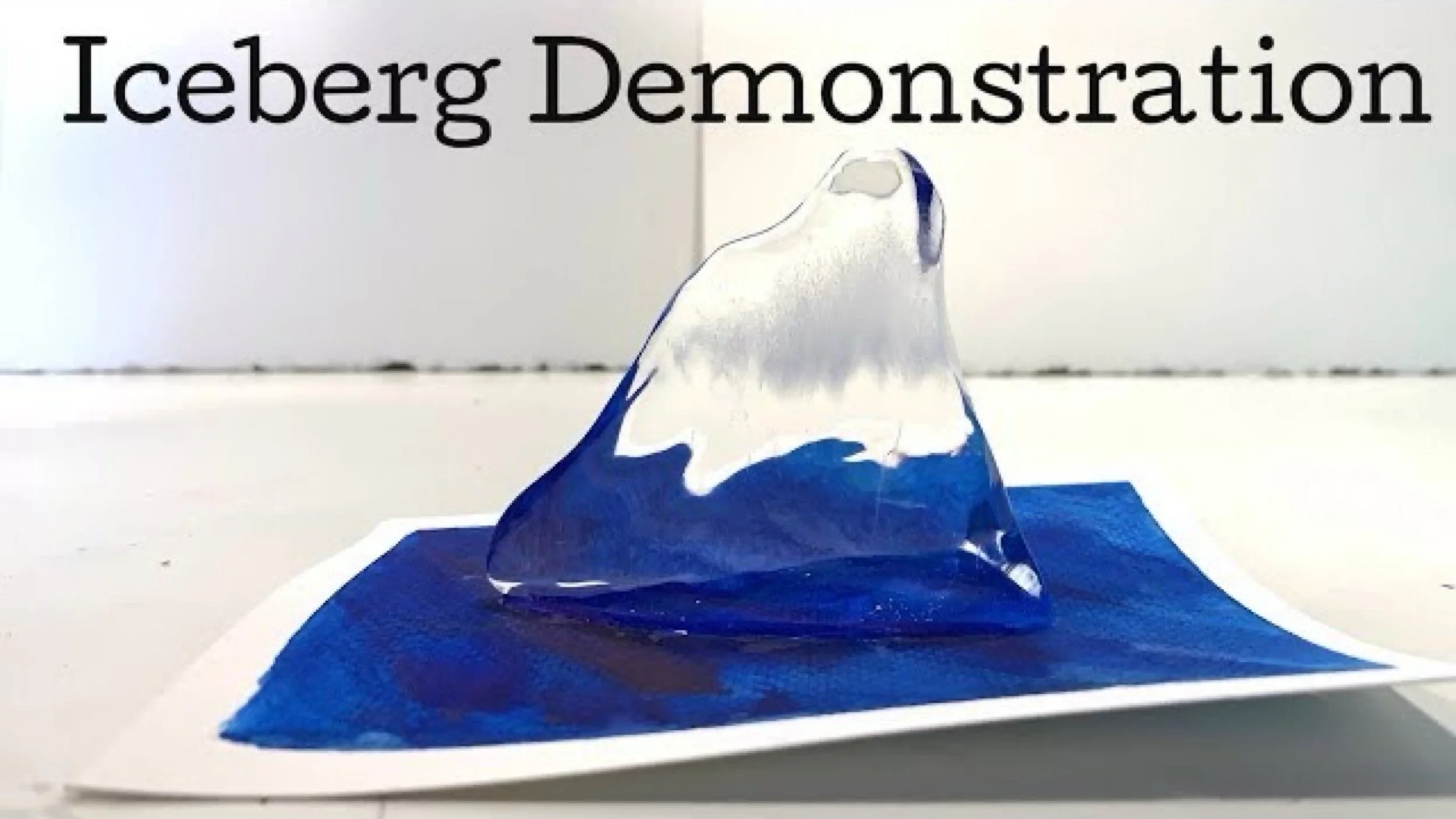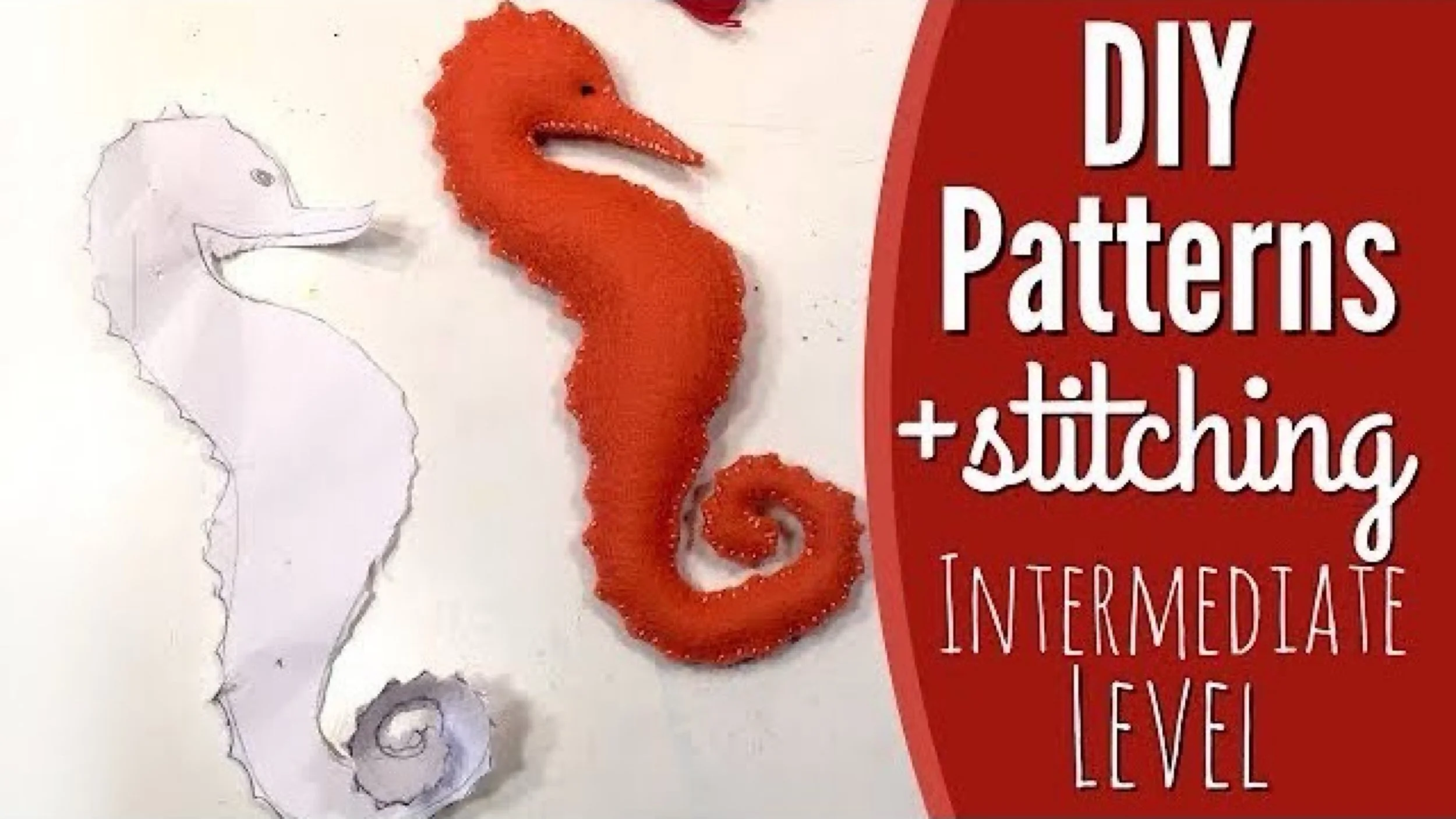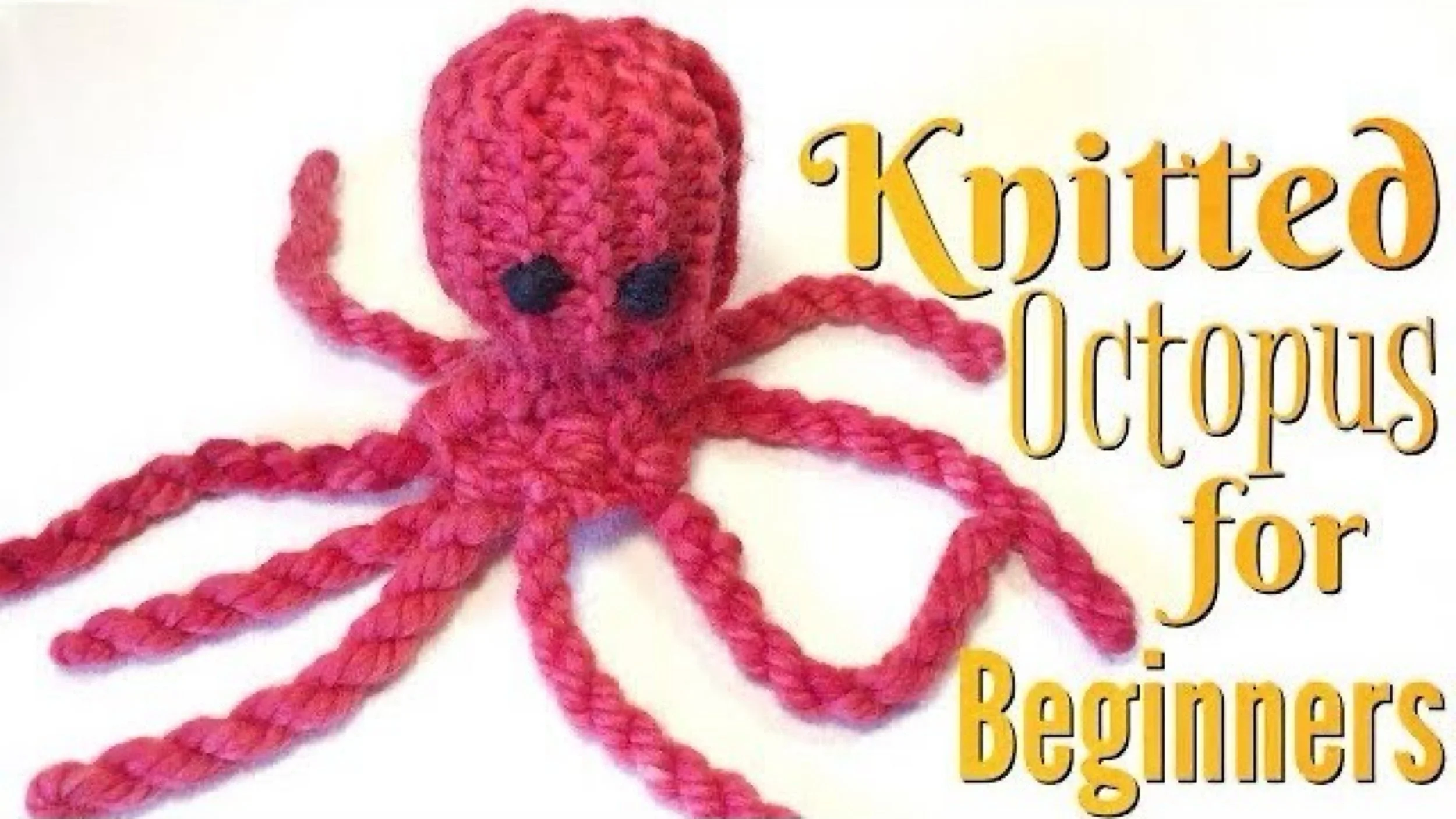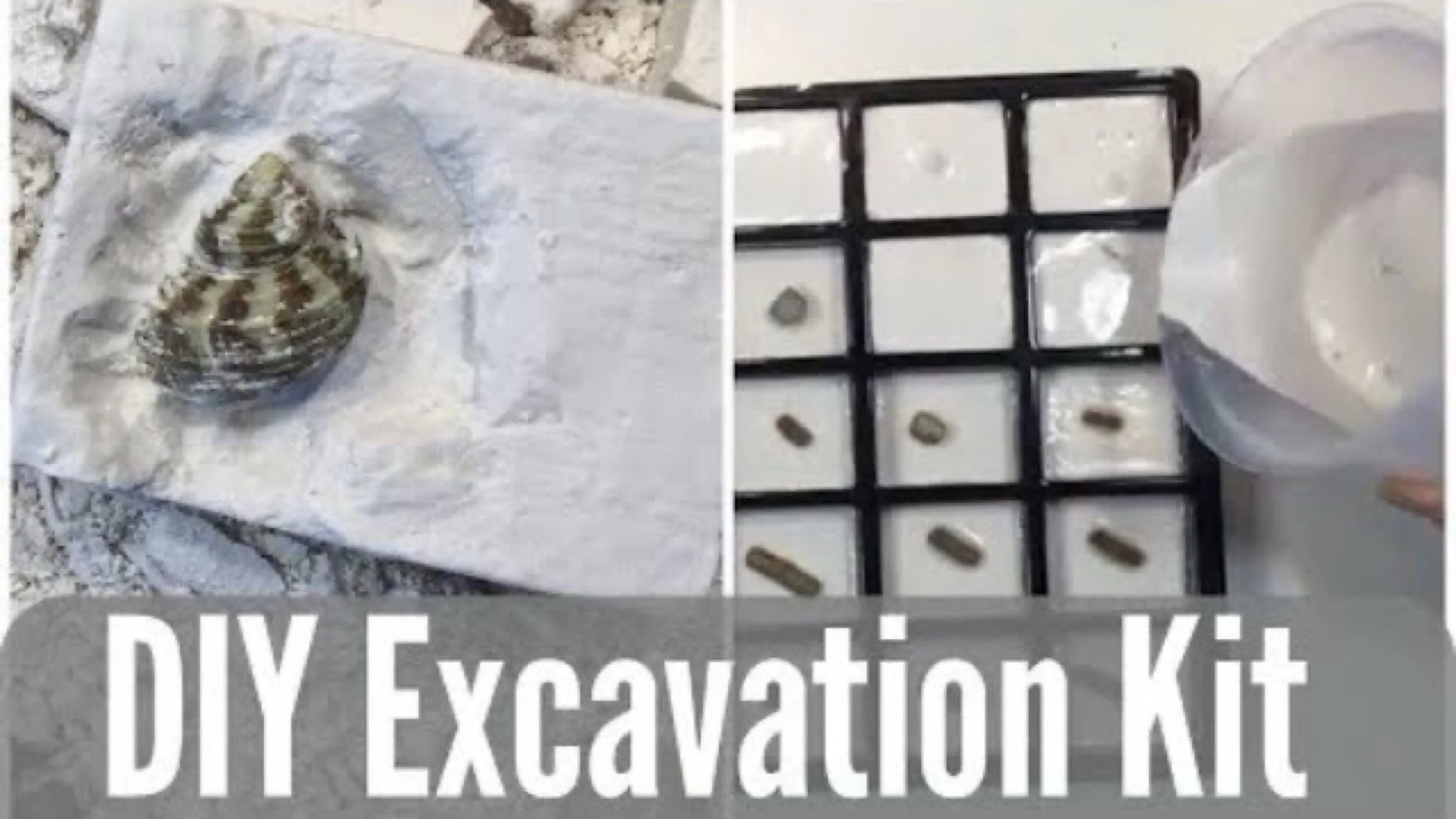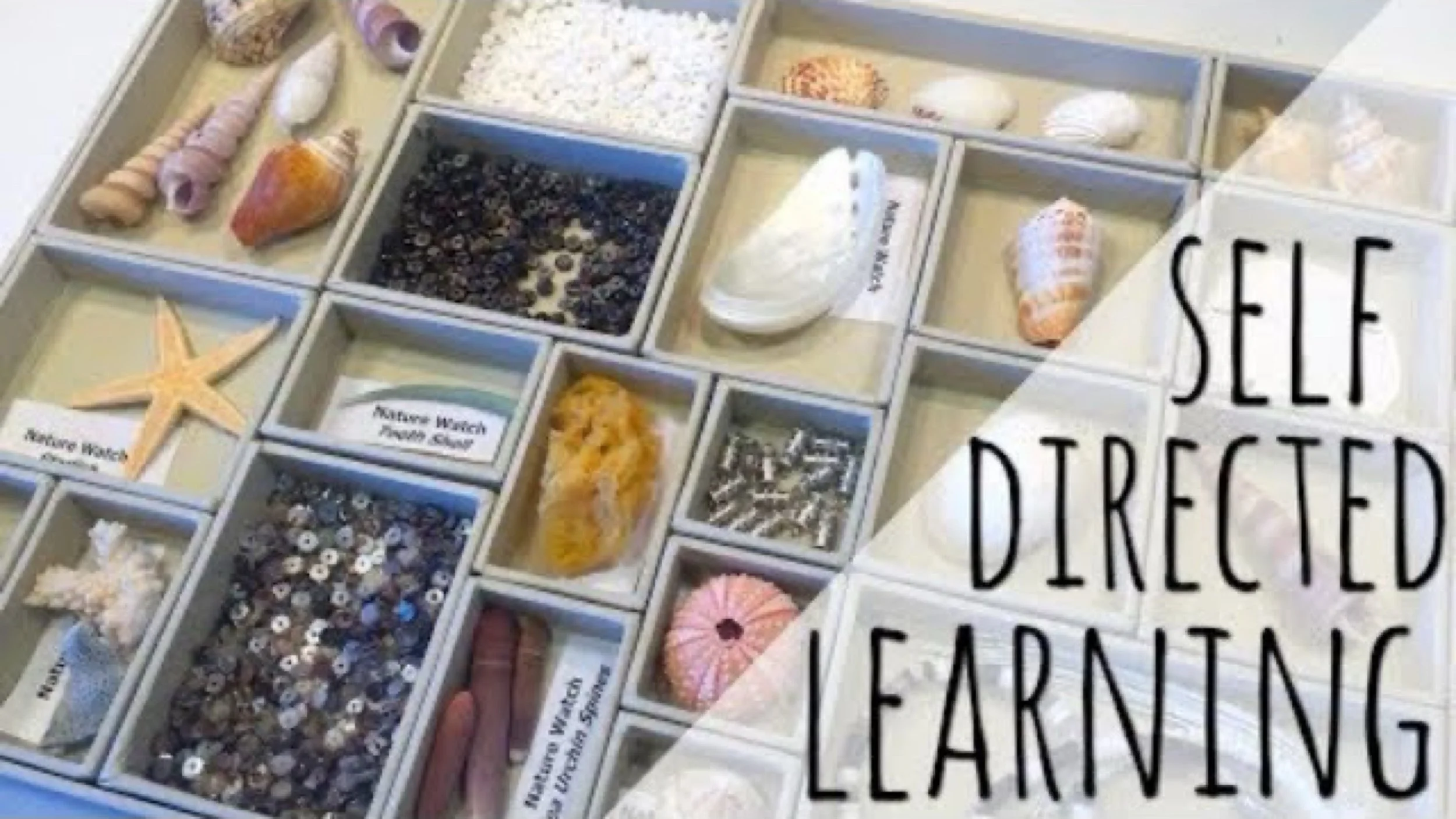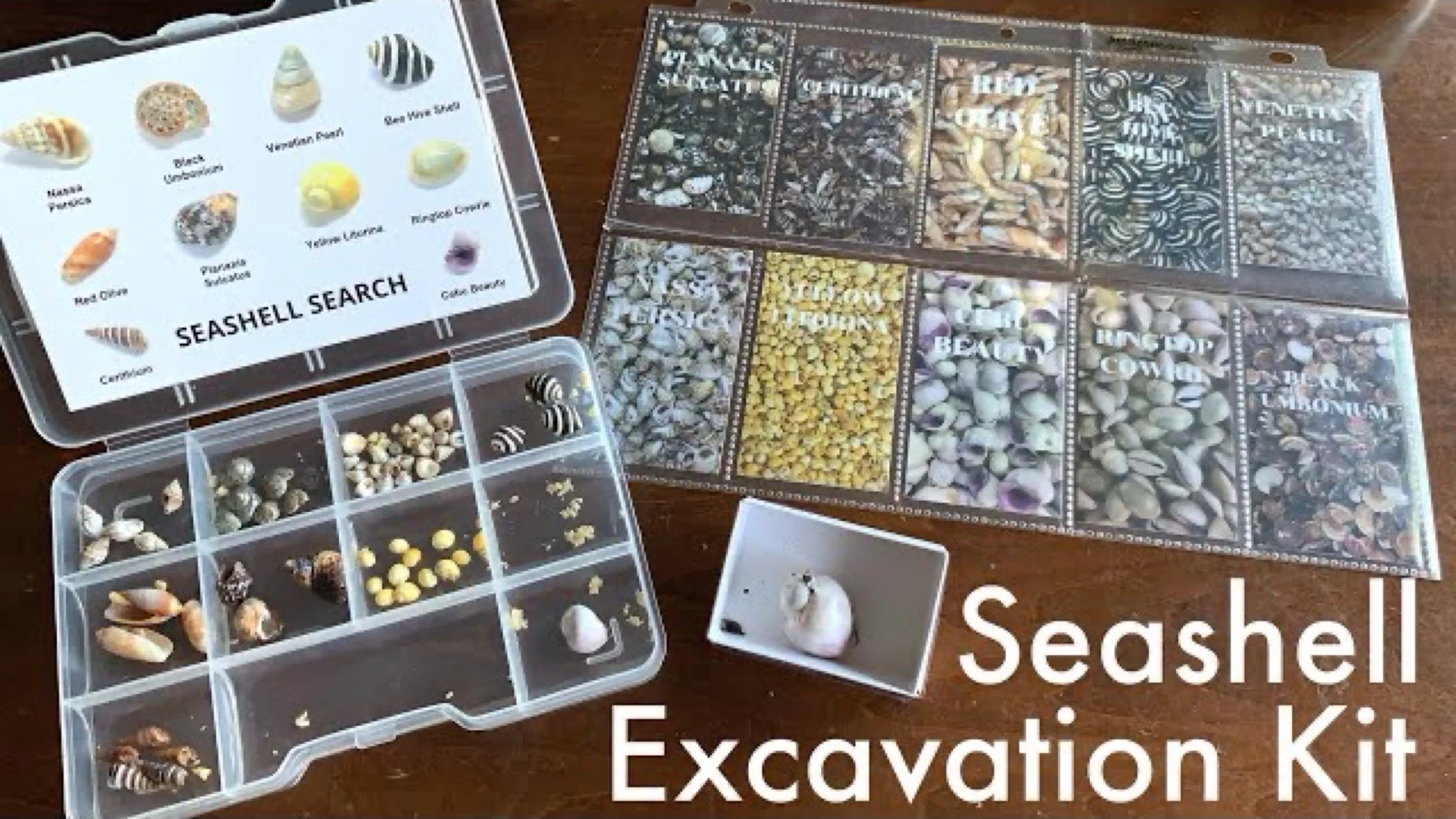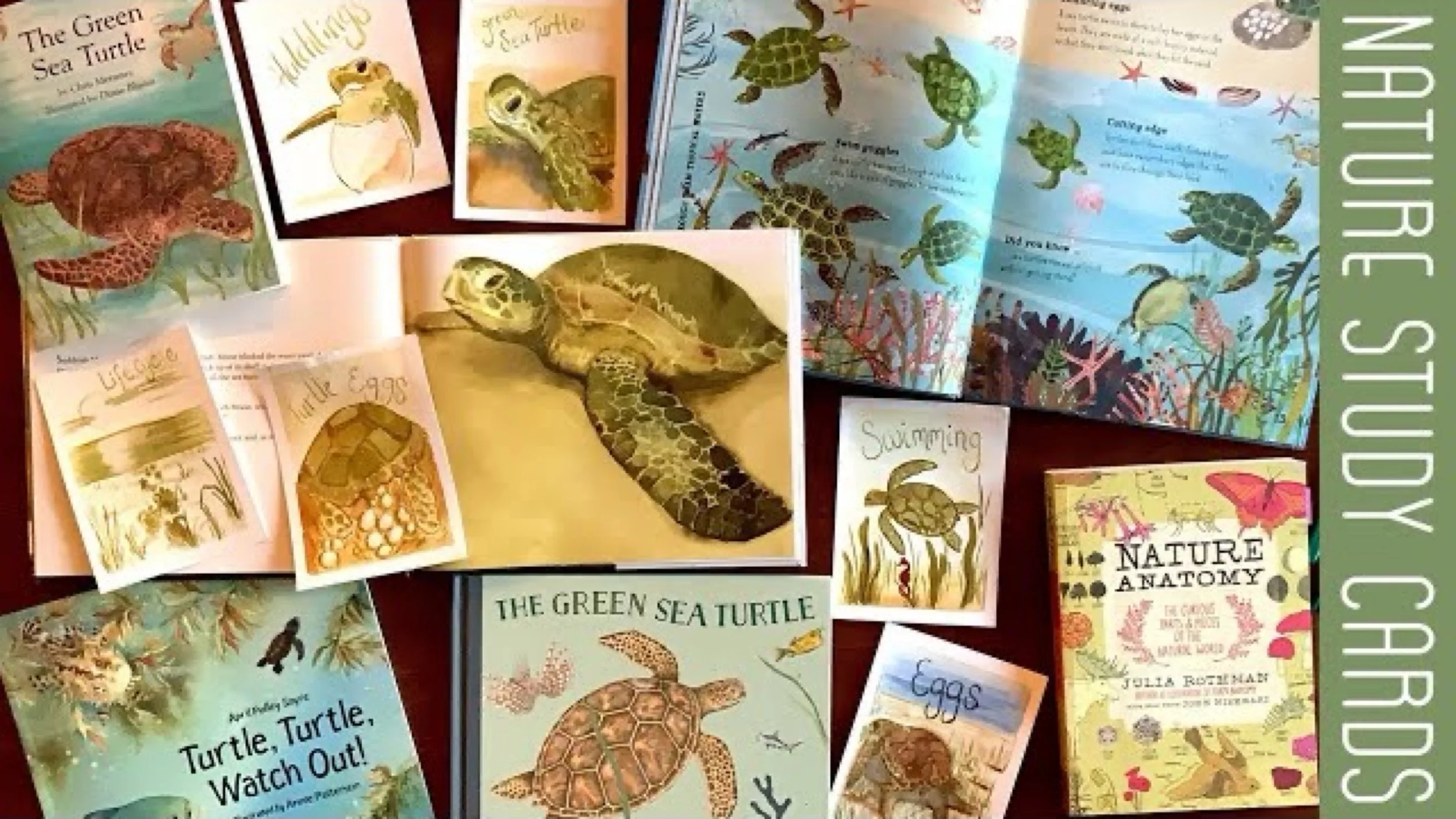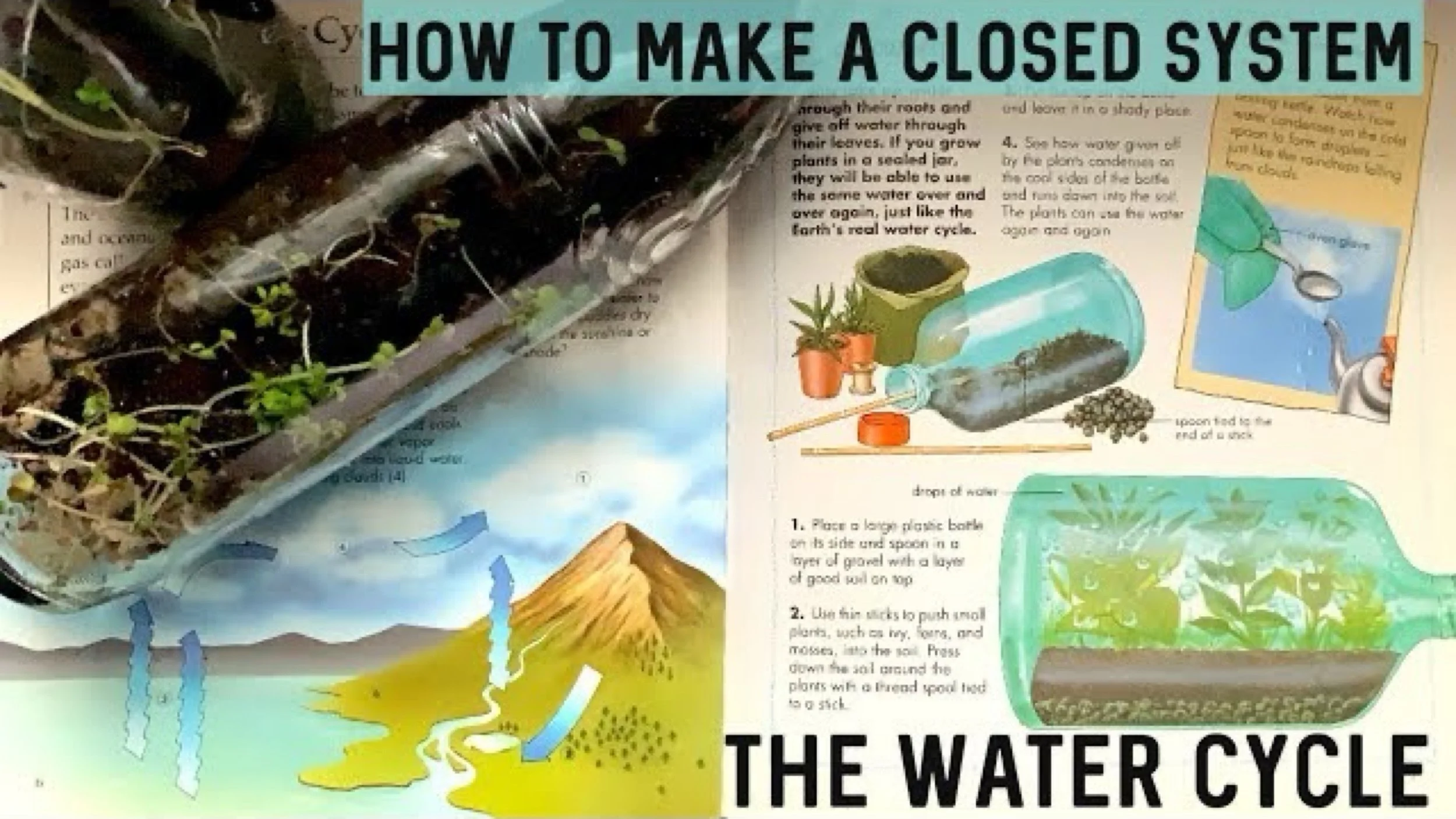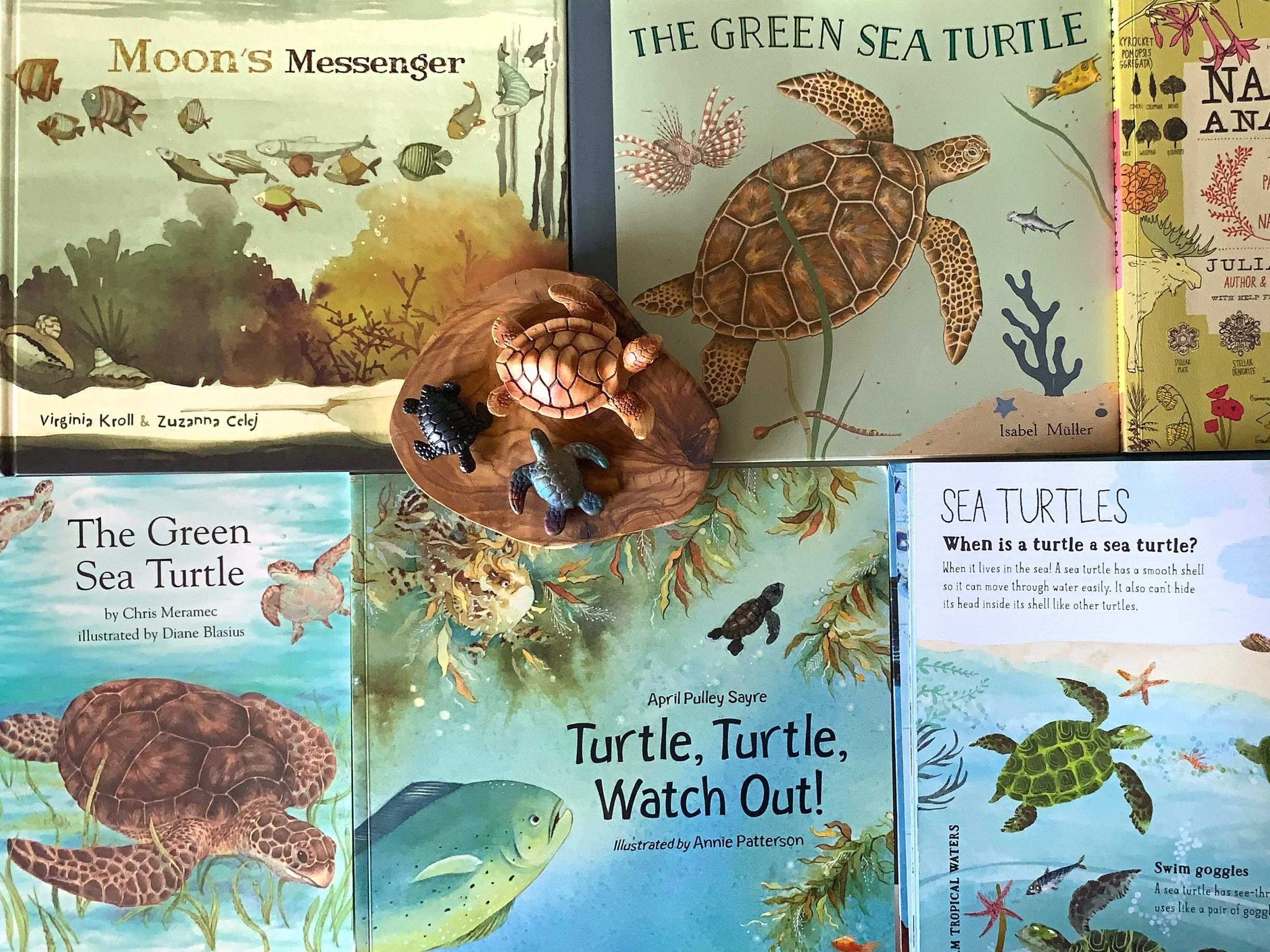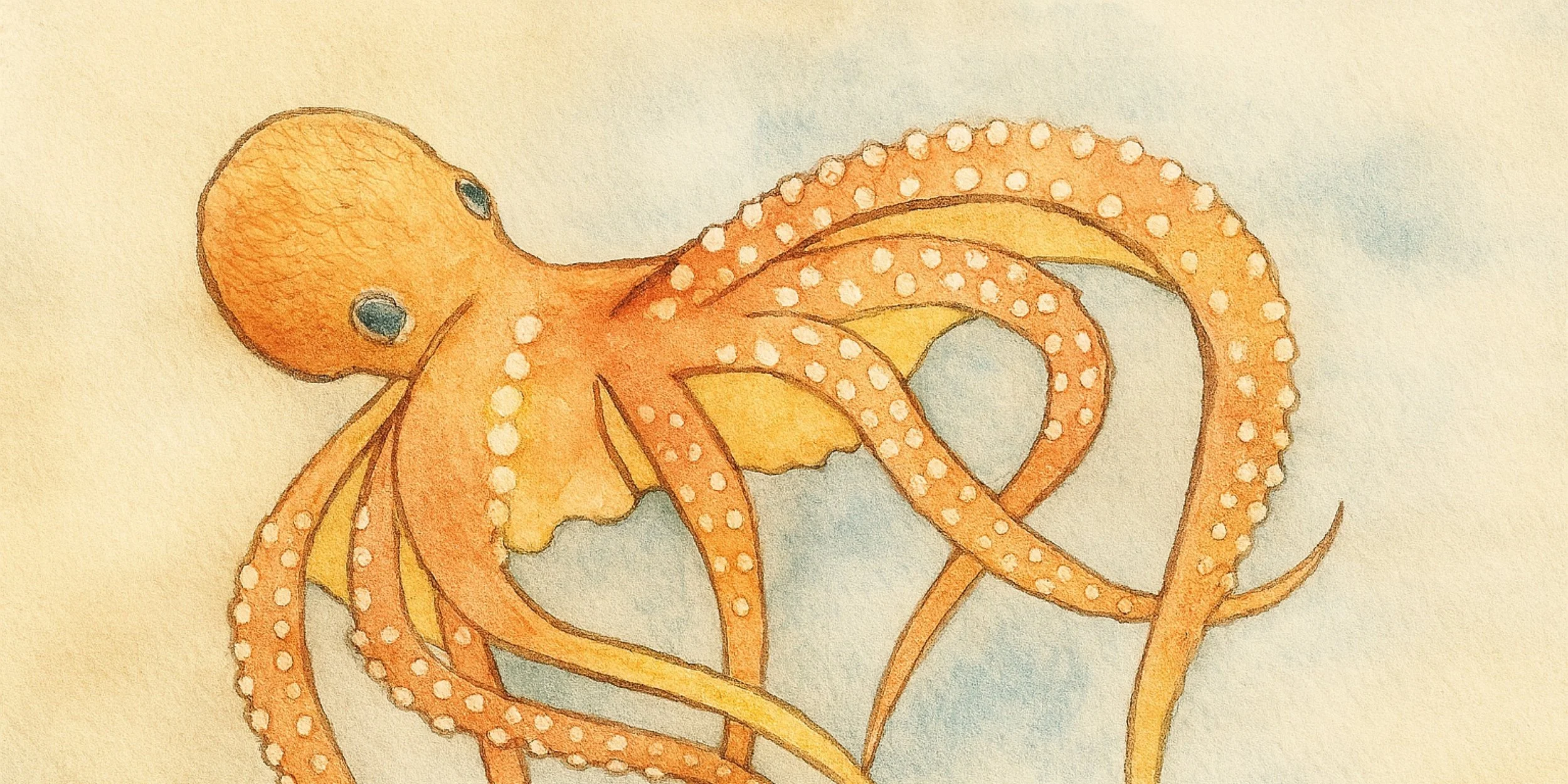
Ocean
Ocean Main Lesson Block
You won’t find an ocean main lesson block in a typical Waldorf curriculum, nor will the contents of this main lesson block necessarily fulfill the pedagogy for any one particular grade. However, I have put together this ocean main lesson block with the Waldorf pedagogy in mind. And for this particular main lesson, I wrote the curriculum as well. Each lesson takes you on a journey. We start with the exploration of the oceans. We focus on ocean life in California and we finish with some native tales along the Pacific coast. The main lesson block is rich with art, hands-on projects and imaginative lessons. Within the ocean main lesson block we covered smaller units on sea turtles and whales. These mini unit studies focused on my children’s interests. These tangents off the main lesson block to explore a particular interest is one of the highlights and benefits of homeschooling.
Included in the ocean main lesson block are a few chalk drawings. However, I think watercolors are the perfect art medium for this main lesson block. In this main lesson block, we used watercolors extensively; however, we did not use a main lesson book to do our artwork and narrations. Instead, we used single sheets of watercolor paper, then wrote our narrations after the paper dried. Once the main lesson block was complete, we bound all of the sheets together to make a main lesson book. This is a great option if you want to use a variety of art mediums for your main lesson block or if you want to use an art medium other than colored pencils or chalk pastels, which can easily be included in a typical store-bought main lesson book. The main problem with using loose sheets of paper and binding them at the end of the main lesson block rather than using a bound notebook to begin with is the risk of losing your work.
There are a number of ways you can combined your work at the end of the main lesson block. We chose to do a metal binding using an at home bookbinding kit. While this was convenient, it wasn’t the best option for us. I prefer having them professionally bound at an office supply store or doing a twine bookbinding technique.
Ocean Main Lesson Block
-
Resources
In putting together our various ocean themed units, I decided to break them up into smaller blocks as we worked through these topics over the years. You can explore the units on turtles, whales, and our general ocean block.
-
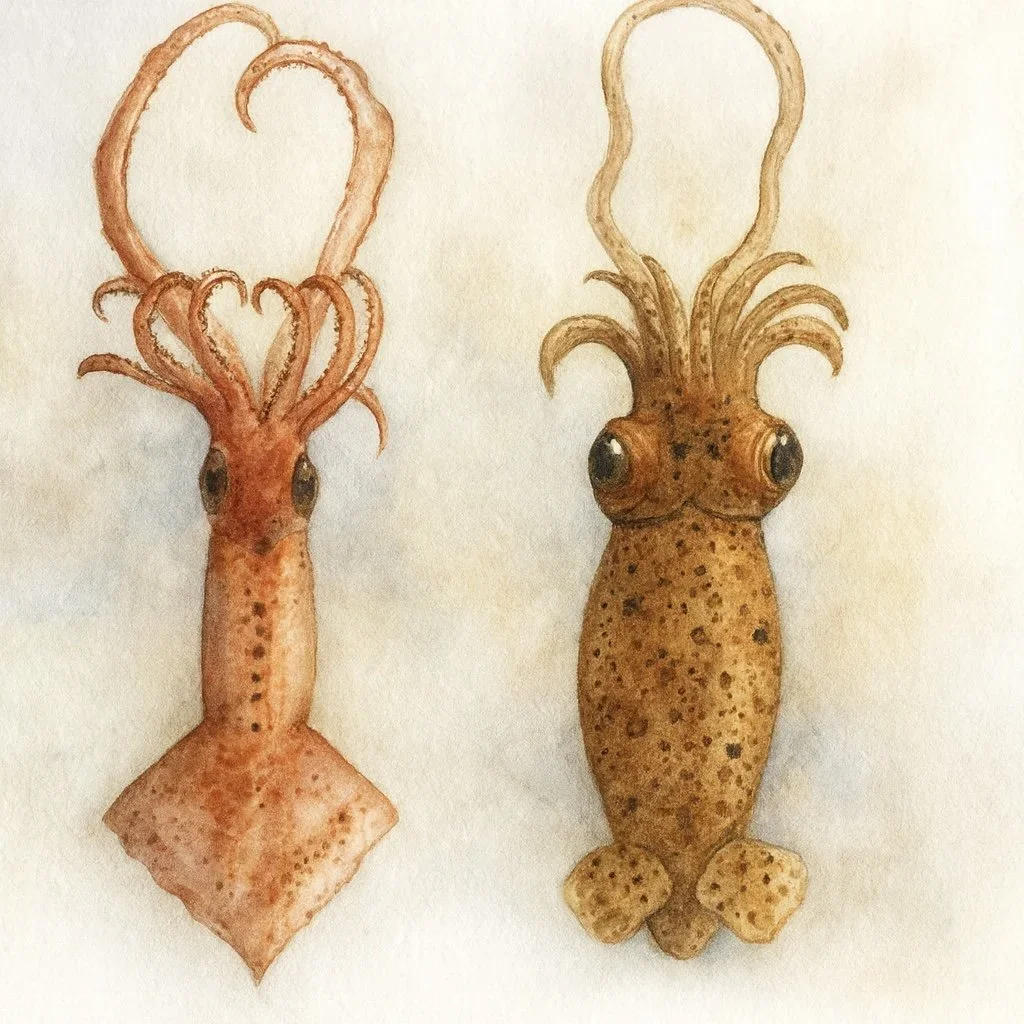
Lessons
Our blocks are made up of lessons and activities. Sometimes lessons are reading from ‘living books’ or presenting an oral lesson I have prepared or working through an illustration for the main lesson book.
-

Activities
Lesson activities and hands-on projects are some of the best ways to learn and remember information and skills. They are memorable and meaningful.
The Resources
-
How to Put Together an Ocean Block
When putting together a block, I usually source material from our personal library, or I shop for new books and projects. A couple book hauls are included here which include some new books we are using for this block. Additionally, I share the process of how I put together our Ocean unit and what types of books I look for and lessons I intend to do.
-
Chalk Drawings
Sometimes our blocks have one chalk drawing, sometimes more. In this case, we have three chalk drawings, but unlike other drawings, these don’t have a video tutorial. Instead, I share the process and the illustrations.
-

Review of Materials & Curriculum
More than seeing the books I plan to use or the book hauls, the review videos are so important in seeing what worked and what didn’t work or what we didn’t get to and why. Here you see the resources we loved and why. Or, the resources we didn’t care for and why. Since we use a lot of books, I’m sure to share them in detail so you can choose the best resources for your lessons.
How to Put Together an Ocean Block
-
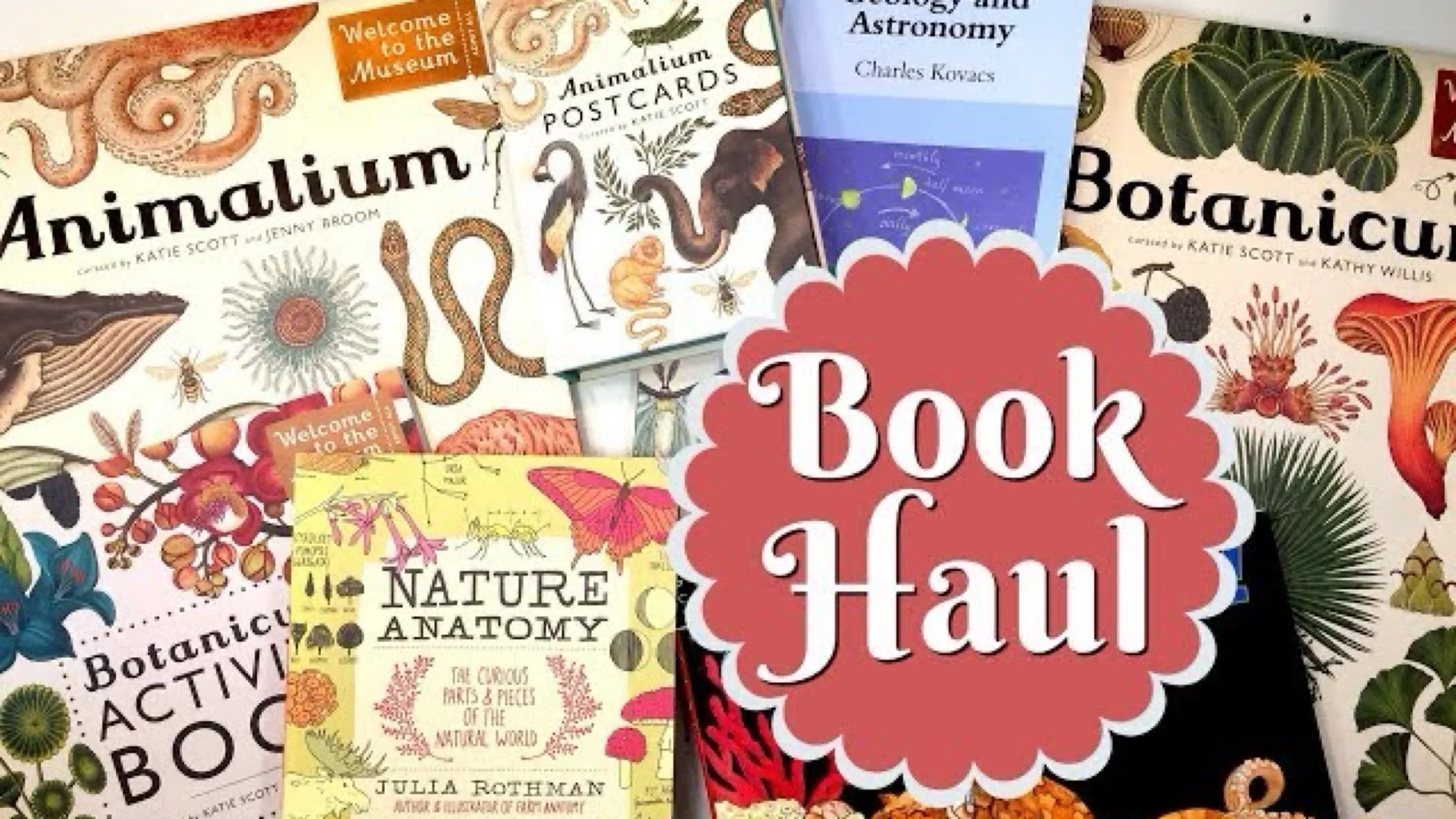
Book Haul | The Most Beautiful Books...Ever!
These are arguably the most beautiful books you've ever seen. The books by Katie Scott are magnificent! The vintage looking illustrations evoke a sense of being in a natural history museum. It's captivating and inspiring at the same time.
-

Book Haul | What We're Reading This Spring
Why buy books when you can get them from the library? It's a question I get often, since I tend to buy our books for homeschool rather than check them out from the library. But it wasn't always like that. I used to check them out from the library in the past, too. Why the change? And is it right for you?
-
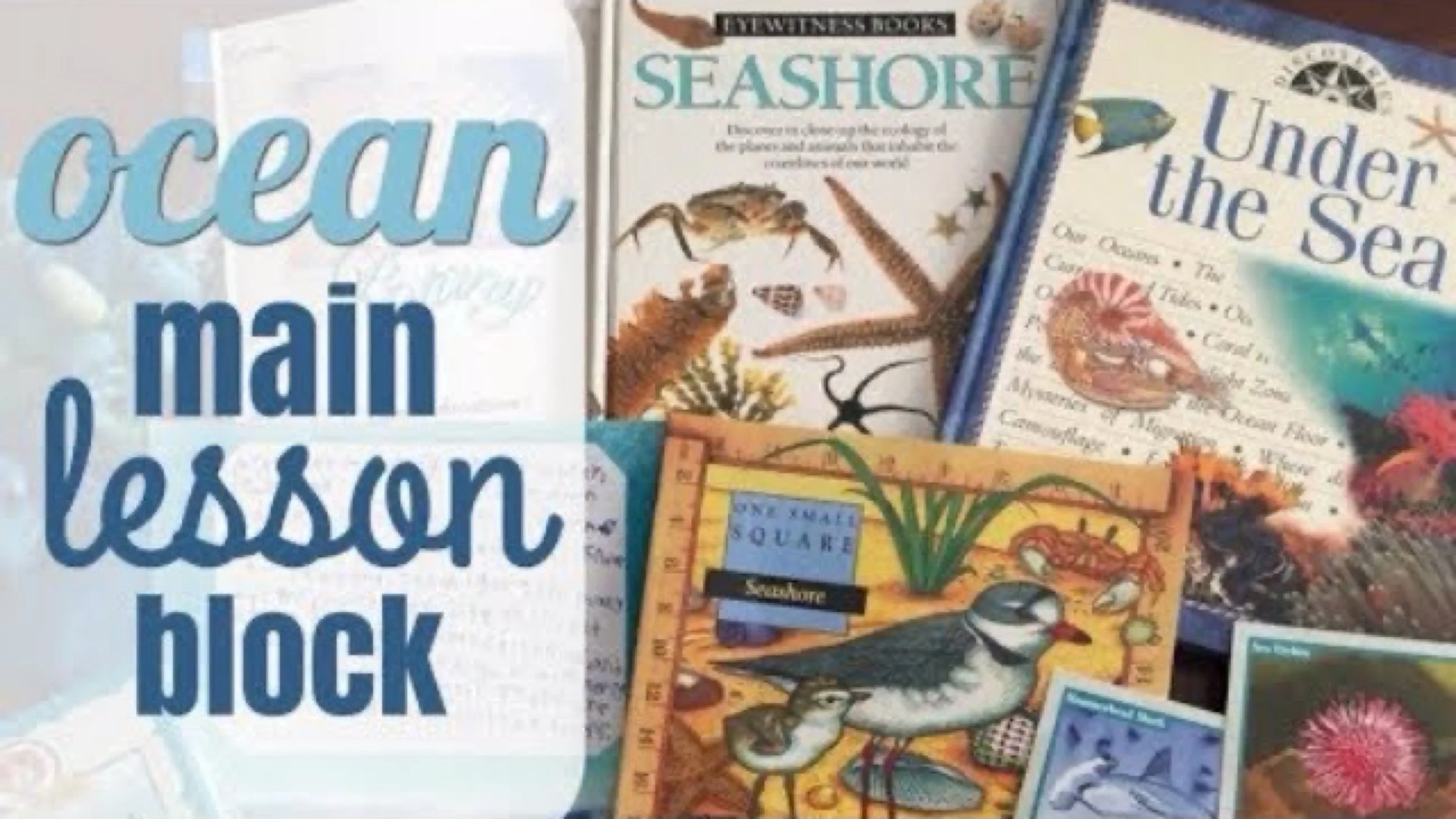
How to do an Ocean Unit Study
It's time to start a new unit and this time around I'm writing my own main lesson block for a study on the ocean. Ocean study is broad, so I'm focusing our work on local coastal plant and animal life, tide pool, tides, the Native tribes of the region, and the explorers who first discovered the Pacific coast. I've made this main lesson block both broad and specific, encompassing science, history, geometry and poetry.
-

Ocean Main Lesson Block Curriculum
It's finally here!! This curriculum is for sale and right now it's ON SALE!! Currently it's available as a digital download which is actually advantageous because I have filled this curriculum with dozens of links to books, resources, Pepper and Pine videos and much more. Check out the my website for more pictures and samples of the curriculum.
-
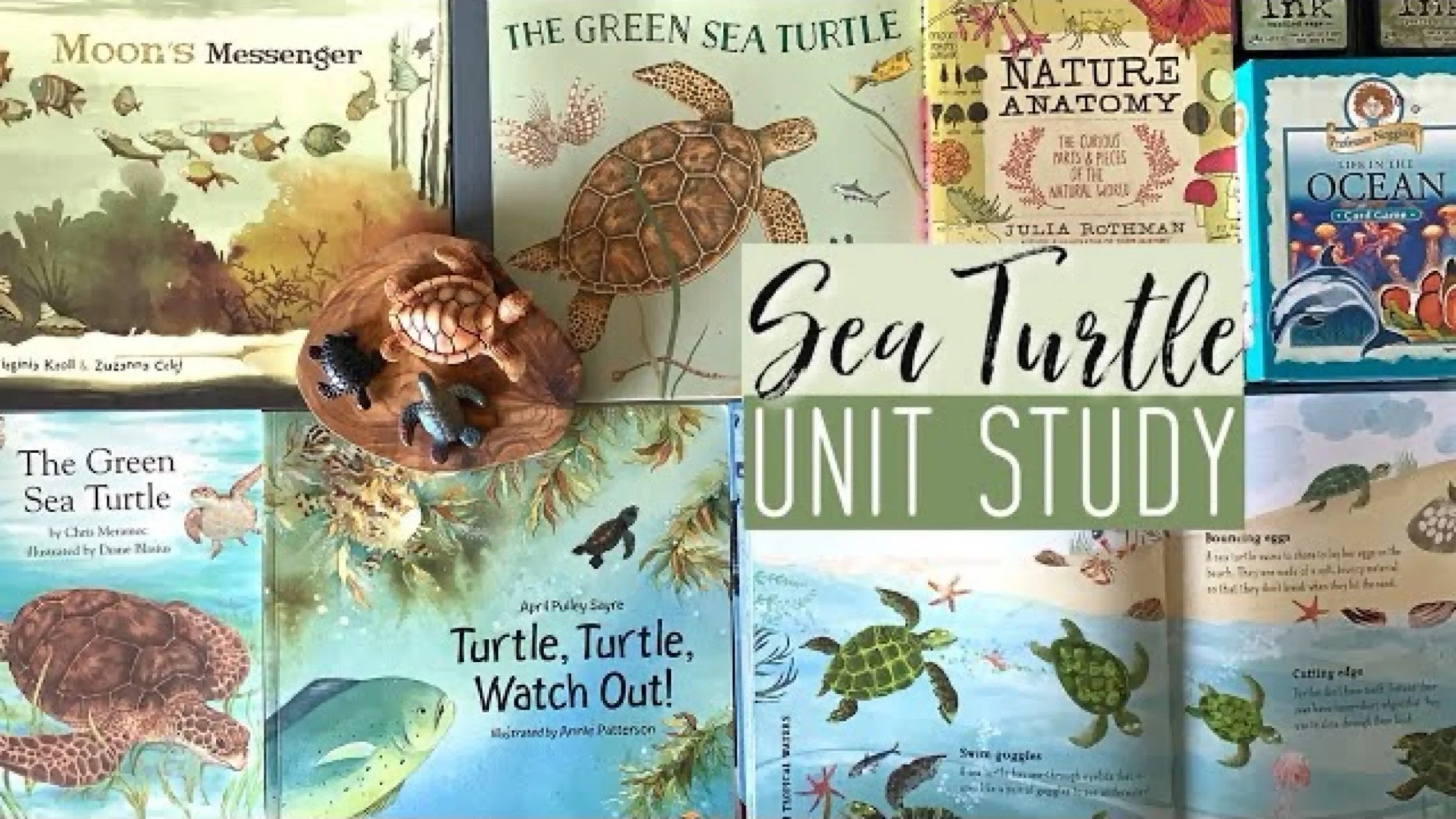
How To Put Together A Unit Study | Sea Turtles
Welcome to our mini unit on Sea Turtles. This was truly a mini unit lasting less than a week and specifically only 2 days.
-

How To Put Together A Unit Study | Whales | Charlotte Mason Living Books
Welcome to our unit study on Whales! Or as we've learned, cetaceans. We are diving into this unit to study a select few marine mammals and to do so, we've sourced a variety of books that we are thrilled to share with you. We may not use all these books, in fact, for sure we won't be using some books in their entirety. Be sure to check back at the review video for a complete review of these books and resources.
Chalk Drawings
-

Sir Francis Drake Chalk Drawing
Our Ocean Main Lesson Block begins with the exploration of the California coast and Sir Francis Drake.
-
Antarctic Ocean Chalk Drawing
A little detour on Sir Francis Drake’s journey takes us to the South Polar region for a lesson on Antarctica. This is a good time to do a mini unit on whales or penguins.
-

Brief Geology Lesson
In our holistic approach to our Ocean Main Lesson Block, we included some geology lessons about the formation of California and plate tectonics.
Review of Materials & Curriculum
-
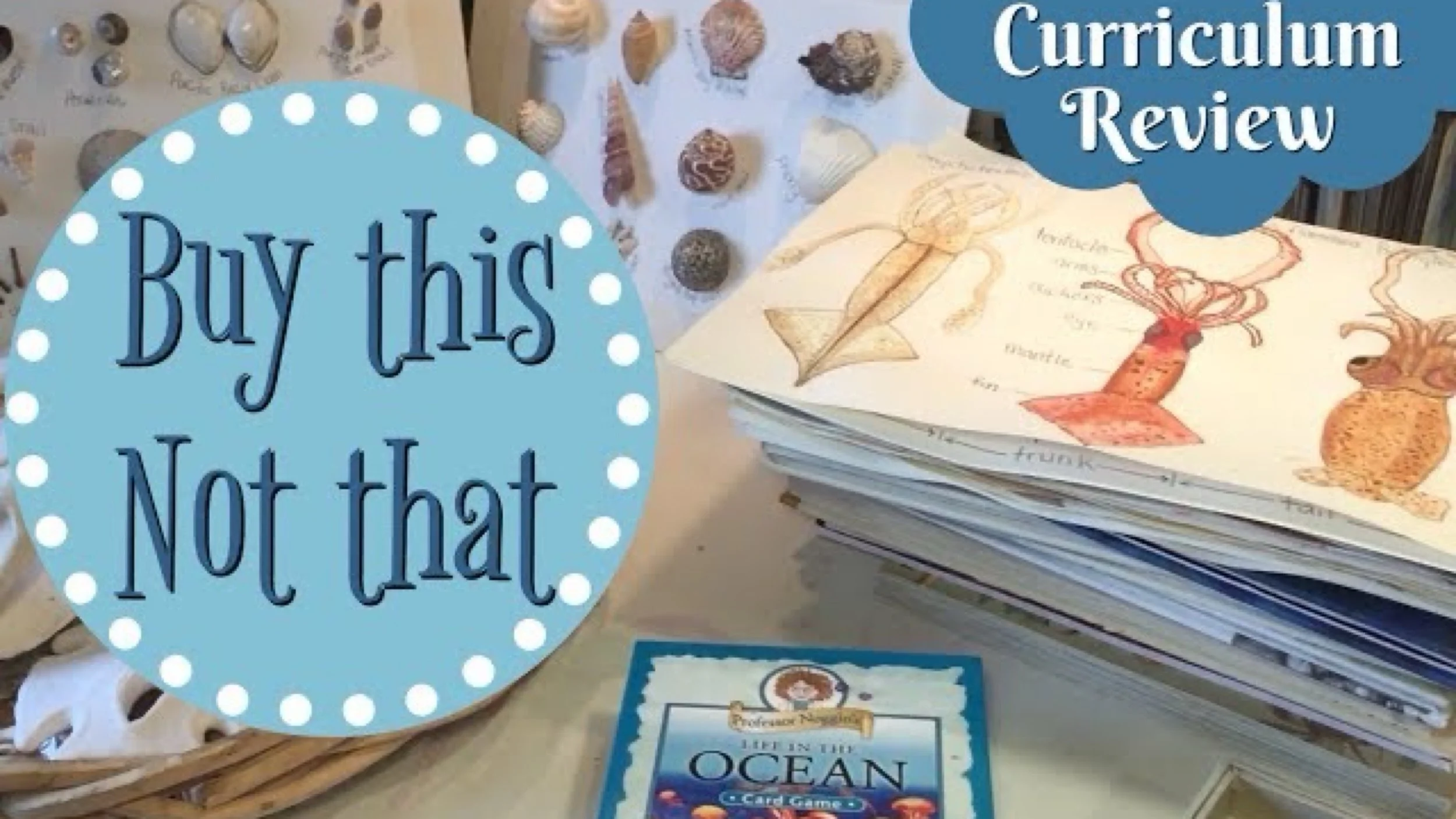
Homeschool Curriculum Review | Ocean Main Lesson Block
Want to see what worked and what didn't for our Ocean Main lesson block? I'll share the resources we used, the projects we did and even show you the main lesson book my son completed.
-
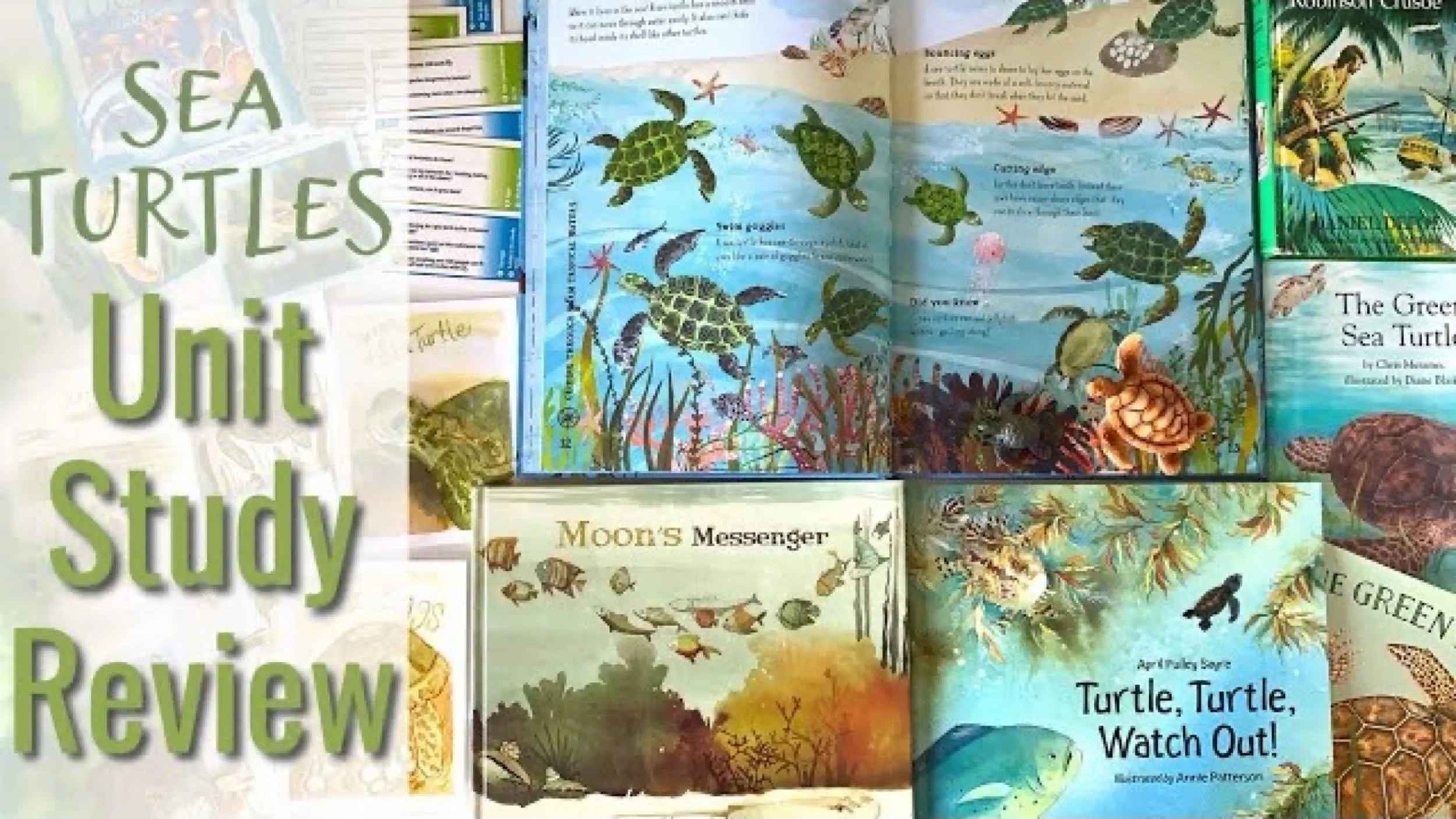
Sea Turtle Unit Study Review
This was the fastest unit we ever did and for that, there are a few things that worked vastly different from our other units. In this review, I talk about the various books and resources we used and how our projects and activities progressed.
-
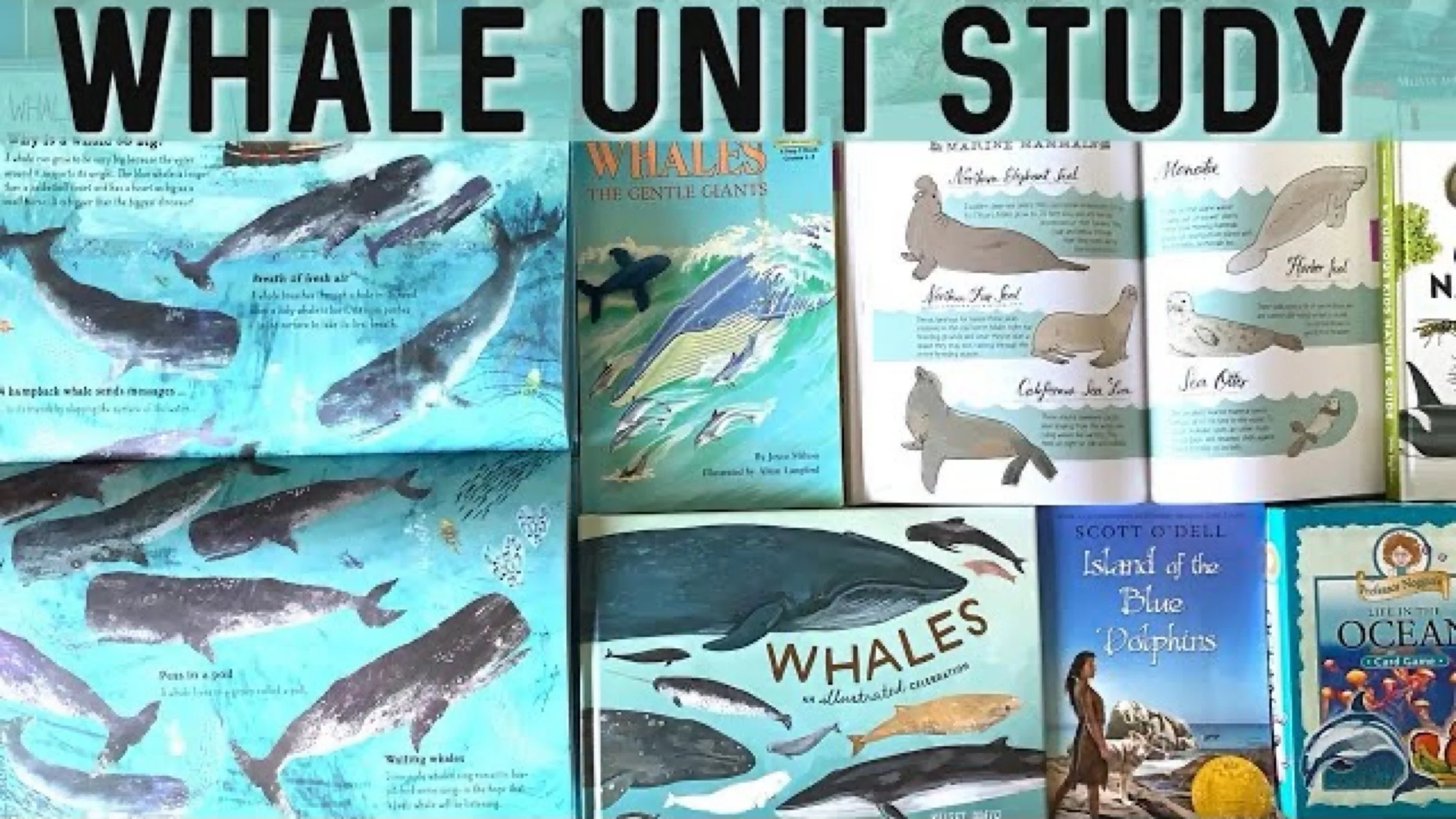
Whale Unit Study Review
Shorty units have their pros and cons. For one, we can get through a unit before anyone tires of it, but we rarely have enough time to dive deeply into a unit that's short. In this case, we did this unit in about three days.
Lessons
Projects & Activities
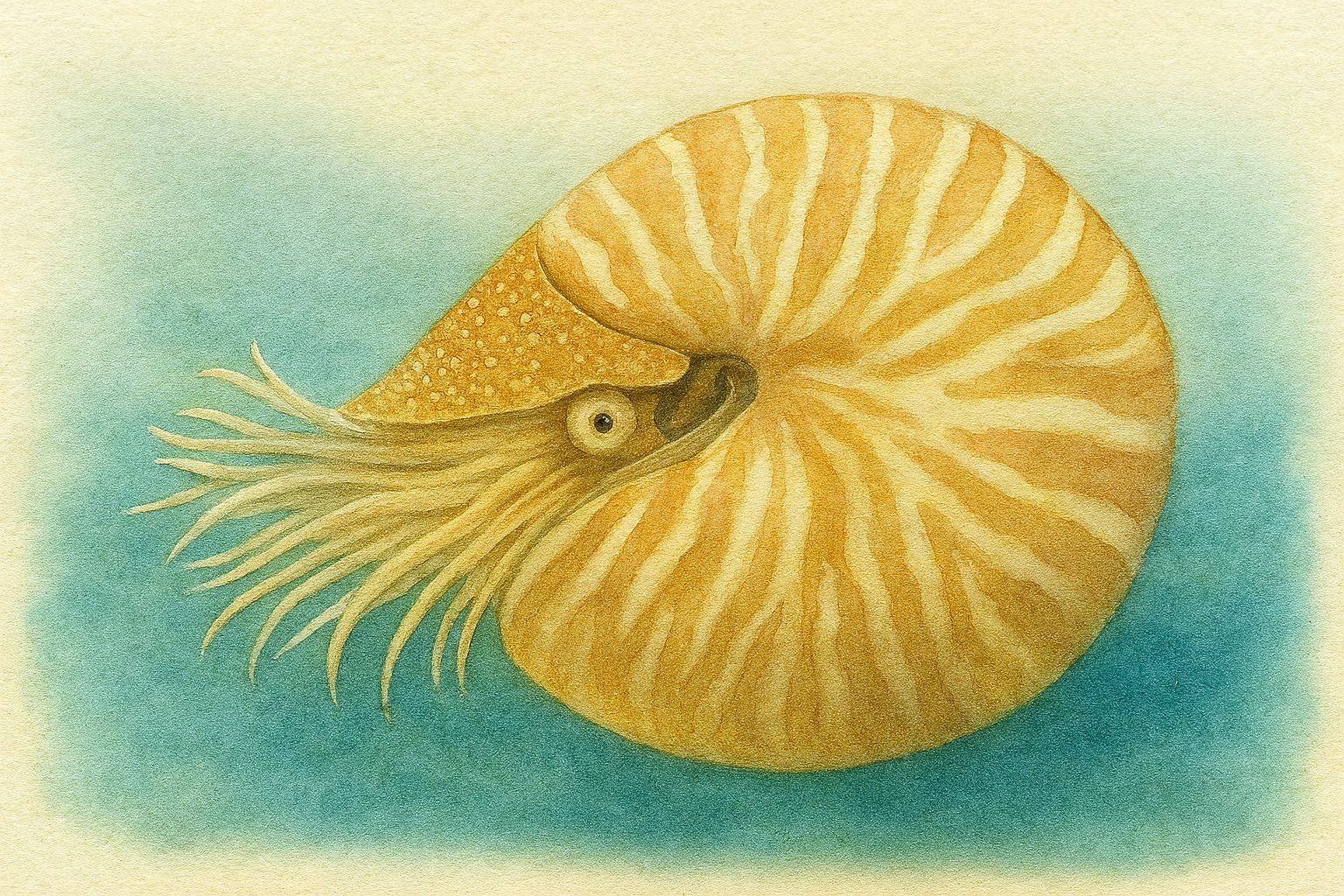
How to Put Together an Ocean Block
Book Haul
The Most Beautiful Books...Ever!
These are arguably the most beautiful books you've ever seen. The books by Katie Scott are magnificent! The vintage looking illustrations evoke a sense of being in a natural history museum. It's captivating and inspiring at the same time.
The Geology and Astronomy book is perfect for those wishing to do a Waldorf inspired curriculum and want to add to an existing curriculum or write one of their own. While this resource is phenomenal, it works best with other resources.
The Nature Anatomy book is wonderfully illustrated and perfect for those wanting to add more art to their homeschool or to have on hand as a resource book.
Geology and Astronomy by Charles Kovacs
Here’s the Botanicum book
Here's our Botany Main Lesson Block:
Here's our Ocean Main Lesson Block:
Book Haul
What We're Reading This Spring
Why buy books when you can get them from the library? It's a question I get often, since I tend to buy our books for homeschool rather than check them out from the library. But it wasn't always like that. I used to check them out from the library in the past, too. Why the change? And is it right for you?
In case you don't know, we homeschool in California through a charter school. Each year we are allocated funding to buy educational supplies or take academic classes. I started buying our homeschool books rather than checking them out from the library when it became increasingly difficult to source all the books I wanted. Not to mention, I couldn't guarantee I would get all the books in time for our units and main lesson blocks. Then there would be some we wanted to keep longer than the check out period and overall these challenges caused a lot of stress. So, I decided to change all that. I started buying the books we wanted to use for our units, even if we only used them once (though really we've used these books multiple times). I found that I could find a wider variety of books from book sellers online than at my local library, even with transfers. Aside from the ease, there's one more major reason why we buy our books rather than check them out. I love having the opportunity to support these authors, publishers and illustrators. The books I buy are not best sellers, but we need them to be available, and we want more! By my small efforts to support and share them, I hope we keep on getting amazing, beautiful and inspiring books to use in our homeschool.
If you want to know who inspired part of this book haul, head over to Lacy Arrowsmith's instagram!
How to do an Ocean Unit Study
It's time to start a new unit and this time around I'm writing my own main lesson block for a study on the ocean. Ocean study is broad, so I'm focusing our work on local coastal plant and animal life, tide pool, tides, the Native tribes of the region, and the explorers who first discovered the Pacific coast. I've made this main lesson block both broad and specific, encompassing science, history, geometry and poetry. Though I've shown you many resources and materials I'll be using for this unit, I have not shown you the poetry books, audio books, novels and history books I'll be using.
If you want the lesson plans, you can access them for free at Homeschool Panda. Create a free account, then import the lesson plan using this link.
Here are some of the resources we used for this block:
20, 000 Leagues Under the Sea Audiobook
20, 000 Leagues Under the Sea Abridged book by Classic Starts
First Nations of North America California Indians by Liz Sonnerborn
The Secret Voyage of Sir Francis Drake by Samuel Bawlf
Sir Francis Drake His Daring Deeds by Roy Gerrard
Whales The Gentle Giants by Joyce Milton
The Waldorf Book of Poetry Edited by David Kennedy
The Waldorf Book of Animal Poetry Edited by David Kennedy
Pagoo by Holling Clancy Holling
Whales by Scholastic
Sir Francis Drake Audiobook by Joy Paige
Seashore by Eyewitness Books
Ocean Currents Marine Science Activities grade 5-8 Teacher Guide by Laurence Hall of Science
Shells by DK Eyewitness Books
Under the Sea by Discoveries
Professor Noggins Game Ocean
One Small Square Seashore by Donald M. Silver
One Small Square Coral Reef by Donald M. Silver
Nature-Watch Classroom Kit Seashell Bracelet
Nature-Watch Seashell poster
Nature-Watch Seashells
ABCs of Nature by Reader’s Digest
GeoCentral Ocean Life Excavation Kit
DIY Excavation Kit
GeoCentral Handy Science Kit Water
Mac’s Field Guide for California Coast
DK Practical Naturalist by Audubon
Oceans in Motion science kit by Delta Education
Commotion in the Ocean by Giles Andreae
Curious Critter Marine by David Fitzsimmons
Whale Shines by Fiona Robinson
Island of the Blue Dolphins by Scott O’Dell
Check out our complete Ocean Main Lesson Block with videos on how we put this unit together, the resources we used and the projects we did. You can also check out our smaller Whale Unit Study and Sea Turtle Unit Study which includes more projects and resources. We used our Distress Inks for many projects in this unit. You can see all the projects we’ve used Distress Inks for in a complete playlist. Enjoy!
Ocean Main Lesson Block Curriculum
It's finally here!! This curriculum is for sale and right now it's ON SALE!! Currently it's available as a digital download which is actually advantageous because I have filled this curriculum with dozens of links to books, resources, Pepper and Pine videos and much more. Check out the my website for more pictures and samples of the curriculum.
Ocean Main Lesson Block is an 8-week, 20 lesson (154 pgs.), Waldorf inspired curriculum complete with daily lessons, opening activities, suggested narrations, artwork, samples of student work, and hands-on projects and activities, with links to dozens of resources and original content videos to make recreating these lessons as easy as possible.
Topics include: geology, marine biology, zoology, history, oceanography, folktales
Each of the 20 lessons takes 2-4 days to complete making this unit ideal for either complimenting another curriculum or as a stand alone unit study/main lesson block.
Each lesson is filled with: Photos of chalk drawings, watercolor paintings, student work accompany
Links to original videos are added throughout curriculum making following along with tutorials an added bonus.
Each lesson includes either: Handwork, science demonstrations activities
Read aloud books and resources are listed with each lesson including links to the products which makes it easy for you to find and evaluate each resource before buying it, if you choose. You can omit all additional resources and complete this curriculum in its entirety with just a blank drawing book and colored pencils.
An introduction to Waldorf main lesson block and the three-day lesson rhythm is included in the curriculum making it easy to use and ideal for new homeschoolers or new-to-Waldorf homeschoolers. Lessons are designed to be read aloud (Charlotte Mason style), or the content can be pre-read by the teacher and presented as a narrative or as a story (Waldorf style).
Also included are: Opening activity ideas, Mental math examples, Daily poetry, Read aloud book selections, Each lesson is clear and user-friendly.
Please read through the lessons before starting the main lesson block so you can assemble the materials you need. While most books can be found at the library, and most supplies for projects can be found in your home, there are a number of materials that you may wish to have on hand before starting the block.
This video series shows the projects, some lessons and books used for this curriculum.
Curious Kids Nature Guide Explore the Amazing Outdoors of the Pacific Northwest by Fiona Cohen
The Big Book of the Blue by Yuval Zommer
Ocean Life Dictionary by Scholastic
Whales An Illustrated Celebration by Kelsey Oseid
Do Whales Have Belly Buttons? By Melvin and Gilda Berger
Whales A First Discovery Book by Scholastic
Whales and Dolphins by Eyes on Nature
Whales The Gentle Giants by Joyce Milton
The Story of Whaling Coloring Book by Peter F. Copeland by Dover
Nature Anatomy by Julia Rothman
Island of the Blue Dolphin by Scott O’Dell
Professor Noggins Ocean Trivia Cards
Swiss Family Robinson by Johann David Whyss
Robinson Crusoe by Daniel Dafoe
How To Put Together A Unit Study
Sea Turtles
Welcome to our mini unit on Sea Turtles. This was truly a mini unit lasting less than a week and specifically only 2 days. We used four picture books specifically on Sea Turtles and a few other resources that mentioned this topic on 1-2 pages of the book. We used the Professor Noggin’s Ocean Trivia Card Game as well as intend to make our own version of this game with a Sea Turtle theme. We only have 1-2 other projects planned for this unit as it is so short, there isn’t enough time to do more.
For this unit, we enjoyed reading Moon’s Messenger by Virginia Kroll (Author), Zuzanna Celej (Illustrator), Turtle Turtle Watch Out by April Pulley Sayre (Author), Annie Patterson (Illustrator), The Green Sea Turtle by Chris Meramec, and The Green Sea Turtle by Isabel Müller (Author).
Check out the complete playlist for our Sea Turtle Unit.
How To Put Together A Unit Study | Whales
Charlotte Mason Living Books
Welcome to our unit study on Whales! Or as we’ve learned, cetaceans. We are diving into this unit to study a select few marine mammals and to do so, we’ve sourced a variety of books that we are thrilled to share with you. We may not use all these books, in fact, for sure we won’t be using some books in their entirety. Be sure to check back at the review video for a complete review of these books and resources.
Check out the complete Ocean Unit Study here.
Check out the complete playlist for our Whale Unit Study.
Check out our complete unit study on Sea Turtles.
Curious Kids Nature Guide Explore the Amazing Outdoors of the Pacific Northwest by Fiona Cohen
The Big Book of the Blue by Yuval Zommer
Ocean Life Dictionary by Scholastic
Whales An Illustrated Celebration by Kelsey Oseid
Do Whales Have Belly Buttons? By Melvin and Gilda Berger
Whales A First Discovery Book by Scholastic
Whales and Dolphins by Eyes on Nature
Whales The Gentle Giants by Joyce Milton
The Story of Whaling Coloring Book by Peter F. Copeland by Dover
Nature Anatomy by Julia Rothman
Island of the Blue Dolphin by Scott O’Dell
Professor Noggins Ocean Trivia Cards
Swiss Family Robinson by Johann David Whyss
Robinson Crusoe by Daniel Dafoe

Chalk Drawings
Sir Francis Drake Chalk Drawing
Our school room has one large mobile chalkboard measuring 4‘ x 6‘. Behind the mobile chalkboard I hung six smaller chalkboard on the wall. I hand them in a vertical orientation so that I could fit all six. I thought this would allow me to have more flexibility in doing our chalk drawings. Sometimes we don’t need a full chalk drawing on a large chalkboard. The smaller chalkboard have their perks. Being smaller the chalk drawings are a little bit easier to do. However, sometimes it’s too small and in the case of the Sir Francis Drake, drawing, I used two chalkboard boards. Another advantage is that the small chalkboard have a very nice finish making chalk drawings easy and beautiful. My large 4 x 6 chalkboard is originally a slate chalkboard making it a very good quality chalkboard. However, overtime the Slate became too smooth and didn’t hold color chalk very well. Finally at one point I painted over the chalkboard with chalkboard paint. I hope that this would make the chalkboard finish easier to grasp that beautiful chalk. Initially it did overtime I ran into new problems. Overall, this main lesson block has three original chalk drawings each done on two chalk boards. Chalk boards can be found at Paper Scissor Stone Waldorf Supplies. And the chalk is Sergeant Art Square Chalk Pastels.
Antarctic Ocean Chalk Drawing
We’re working on small chalk boards that measure 18“ x 24“. I have six of them mounted on my wall vertically. A row of three place vertically above another row of three. The chalk drawings for the ocean main lesson block are done on two chalkboards which means I have a space of 36“ x 24“ to work with. This is a simple chalk drawing showing some of the animals we studied during a portion of our ocean main lesson block. What I like about the chalk drawings I did for this particular block is that they were smaller and generally more simplified that the ones I did on our large 4‘ x 6‘ chalkboard. Working on a small chalkboard, gives you the beauty and the gesture of an illustration without the time commitment and grandeur of working on a larger job board. Chalk boards can be found at Paper Scissor Stone Waldorf Supplies. And the chalk is Sergeant Art Square Chalk Pastels.
Geology Lesson
A chalkboard isn’t necessary for a Waldorf inspired main lesson block. A lot of times I work in a main lesson book similar to what my children will be using and do an illustration alongside with them. Sometimes I do the illustration ahead of presenting the lesson and then they have an illustration they can copy. Sometimes this is actually easier than working alongside them at the same time. However, you decide to do an illustration, choose the art, medium, and the style that works well for you and your children. The inclusion of art in a main lesson is important as children think visually through images Before the age of puberty. Abstract thinking is reserved for upper middle school and beyond. So when the children are younger, creating images in their head through stories and illustrations is how they process new learning. Even if it’s browsing beautifully illustrate picture books rather than creating your own artwork. It’s still a way to include the Beauty of images into the main lesson.
This illustration works for both an ocean main lesson block as well as a geology main lesson block. While geology is reserved for high school, mineralogy is taught in grade 6. Generally things that cannot be seen or experience with our five senses is reserved for older grades when abstract thought and thinking Are well developed. So discussing subduction zones and magma chambers, is better reserved for an older student, reviewing the Beauty of the ocean and the land and its formations are appropriate for the elementary student.
Chalk boards can be found at Paper Scissor Stone Waldorf Supplies. And the chalk is Sergeant Art Square Chalk Pastels.

Review of Materials & Curriculum
Homeschool Curriculum Review
Ocean Main Lesson Block
Want to see what worked and what didn't for our Ocean Main lesson block? I'll share the resources we used, the projects we did and even show you the main lesson book my son completed. This unit was scheduled for 4 weeks, but it took nearly 7 weeks to complete. In large part it was because I was writing the curriculum as I went. I would research the topic we planned to study, then wrote out two pages of text as well as opening activities and projects as well as listed out the resources materials used for each lesson. That curriculum is now available!
Curious Kids Nature Guide Explore the Amazing Outdoors of the Pacific Northwest by Fiona Cohen
The Big Book of the Blue by Yuval Zommer
Ocean Life Dictionary by Scholastic
Whales An Illustrated Celebration by Kelsey Oseid
Do Whales Have Belly Buttons? By Melvin and Gilda Berger
Whales A First Discovery Book by Scholastic
Whales and Dolphins by Eyes on Nature
Whales The Gentle Giants by Joyce Milton
The Story of Whaling Coloring Book by Peter F. Copeland by Dover
Nature Anatomy by Julia Rothman
Island of the Blue Dolphin by Scott O’Dell
Professor Noggins Ocean Trivia Cards
Swiss Family Robinson by Johann David Whyss
Robinson Crusoe by Daniel Dafoe
20,000 Leagues Under the Sea by Jules Verne
Rivers and Oceans by Barbara Taylor
Check out the projects and activities we did for our Ocean Main Lesson Block. You'll find all the projects and activities I referred to in the video.
If you want the lesson plans, you can access them for free at Homeschool Panda. Create a free account, then import the lesson plan using this link.
Sea Turtle Unit Study Review
Homeschool Living Books Review
This was the fastest unit we ever did and for that, there are a few things that worked vastly different from our other units. In this review, I talk about the various books and resources we used and how our projects and activities progressed.
Being so quick, we didn't have the opportunity to dive deep into this unit. Granted, we are only studying sea turtles rather than a general unit which would have plenty of opportunity to explore other areas of study. Nonetheless, if you chose to extend this unit, I think there are plenty of areas of study that could tie in: Endangered animals, evolution, ocean currents, reptiles, lunar cycle, life cycle, pollution, and food chain are a few.
Being that our unit literally lasted a week and was scheduled for only 2 days, I think we covered a lot of information and did quite a bit, but what we couldn't do much of was natural review. That usually comes from us reading books with similar info in which the children begin to hear content that's familiar, and that's an opportunity for me to ask questions while we are reading. One other thing that didn't work well was having a novel as assigned reading or as a read aloud. There just wasn't enough time. We also didn't do any field trips for this unit, but we were able to recall seeing sea turtles in their natural environment while on vacation in Maui recently (which incidentally was the reason why we did this unit).
For our game, we used the Professor Noggin's Ocean Trivia Card Game which came in handy for this unit as well as our Whale Unit Study and Ocean Main Lesson Block. We love the Professor Noggin's games so much we are making our own trivia based cards for each unit. For this unit, I made a set using Distress Inks while my son used our square chalk pastels by Sargent Art.
Our project for this unit was a water cycle enclosed system project which we continue to observe the growth the progress of that project.
Whale Unit Study Review
Shorty units have their pros and cons. For one, we can get through a unit before anyone tires of it, but we rarely have enough time to dive deeply into a unit that's short. In this case, we did this unit in about three days. We focused on nothing else and simply surrounded ourselves with these books and projects. Truthfully, I dislike units this short. I feel it's too fast and rushed. I prefer to spend a minimum of three weeks on a unit and in reality it's far longer than that. But to put together such a tidy unit requires a few things: First, you need everything prepared, everything on hand including supplies and materials and everything has to be ready to go, as in precut or previous purchased. Even with our level of prep, this unit still took longer to complete because some projects and books overlapped with our Sea Turtle unit. Actually, this happens a lot where a unit has overlap with the unit that follows it. One other thing that isn't possible with such a short unit is assigning a relevant novel or having time for a chapter read aloud. In this case, I offered a number of books to my 13-year-old to choose from as his assigned reading. He chose Island of the Blue Dolphin which he'd previous read. I would have preferred he chosen one he hadn't read yet that was more challenging, but he didn't. Instead, he agreed to listen to Moby Dick on audio. Thankfully, we were still able to squeeze in a demonstration for this unit: Visualization of an Iceberg. We were inspired by the book Rivers and Oceans by Barbara Taylor which is packed with great simple information and super simple, yet incredibly educational projects and activities.
Lessons
Projects & Activities


